The Trans-Canada Highway, designated Canada Highway 1 in the western provinces, stretches more than 4,800 miles, from Victoria, on Vancouver Island, all the way to St. John’s, on the easternmost tip of Newfoundland. It’s one heck of a road, among the longest of its type in the entire world, crossing through all ten of the Canadian Provinces, traversing just about every kind of terrain.
The Trans-Canada Highway
Among the best known sections of the TCH, and unquestionably the most scenic, is the 386 mile run between Kamloops, in British Columbia, and Calgary, in Alberta.
This glorious swoop of a highway crosses the whole of the Canadian Rockies; along the way, there are eye-popping views that will thrill even the most jaded travelers. Canadians are very good about setting aside and protecting scenic splendor, and they have done exactly that in this wonderful region of forests, colorful lakes, rushing rivers, and jagged, ice-clad peaks. The Canadian Rocky Mountain Parks is a contiguous assemblage of no less than four of Canada’s most spectacular National Parks, with three of British Columbia’s Provincial Parks thrown in as a bonus, creating a unified protected area that totals more than 75,000 square miles. The whole of it has been designated a UNESCO World Heritage Site, recognized for its extraordinary natural beauty, and running right through the middle of it all is Canada Highway One.
This creates an unparalleled opportunity for visitors who want to explore the area. No less than five of Canada’s National Parks can be seen without ever leaving the TCH, and if you have a little extra time, you can expand on that in wonderful ways, with very little additional effort.
In this post I’ll lay out three possible itineraries, just the bare bones of the suggested Road Trip routing, along with some pros and cons. The goal is to get you thinking about the different ways to tie these iconic parks together, and the distances involved, in order to get the most out of a visit to one of the most wonderfully scenic areas on the entire planet.
ROAD TRIP OPTIONS:
Five Parks
Road Trippers who are passing through, east to west or west to east along Canada Highway One: FIVE of Canada’s National Parks, including Banff, Yoho, Kootenay, Glacier, and Mt. Revelstoke will all be right along your line of travel between Calgary and Kamloops. Whether you simply touch on the highlights, or explore each of these parks in depth, the experience will be something you won’t soon forget. If you’re serious about really seeing this area, you should allow a minimum of three days for the highlights. (If you plan to do any hiking, you’ll obviously need more than that):
Total driving distance (not including additional mileage within each of the parks): 386 miles
Six Parks
This is the same as option 1, with a massive additional benefit. Jasper National Park, the largest of all the Canadian Parks in the Rockies, borders Banff to the north, but in order to see the best parts of it, you’ll have to make a major detour, a round trip from Lake Louise to the town of Jasper that will add at least 300 miles of driving to your Canadian Rocky Mountain adventure. If that sounds like a steep price to pay just to check out one extra national park, there are two things you should know.
First: Jasper is unique, and it is extraordinary, so if you’re that close, it would be a tragedy to pass it by.
Second: Alberta Highway 93, the road between Lake Louise and the town of Jasper, is better known as the Icefields Parkway, and it is one of the most beautiful stretches of road anywhere!
The stunning turquoise waters of Bow Lake, an exceptional scene along the Icefields Parkway
With this itinerary, you’ll have to drive the Parkway twice. Personally? I call that a good thing! Allow at least five days, in order to include the highlights of all six parks, and a double-dose of the Icefields Parkway.
Total driving distance (not including additional mileage within each park): 671 miles
Calgary Loop
A loop trip beginning and ending in Calgary. This would include all six of the National Parks, as well as a single transit of the Icefields Parkway (with no doubling back), Plus! A bonus drive up the west side of the Rockies on the South Yellowhead Highway (BC-5). This “bonus” follows the course of the North Thompson River for about 200 miles, from Kamloops north to Tête Jaune Cache, passing through or near no less than six of British Columbia’s Provincial Parks!
From Calgary: take the TCH west to Kamloops, exploring each of the five National Parks along the way. From Kamloops, take BC-5 north. Stay on it for about 200 miles, to the intersection with Canada Highway 16, which is the main branch of the Yellowhead Highway. Follow that highway east to Jasper, and from Jasper, follow AB-93, the Icefields Parkway, south to Lake Louise. From there, the TCH will take you east, back to Calgary, completing the loop. Allow at least a full week for this option.
Total driving distance (not including the inevitable additional): 839 miles
Note: the number of days recommended for each itinerary is a suggested minimum, based on an average pace. The actual time required might vary, depending on your style of travel and your personal preferences. Hiking, biking, fishing, camping, or anything else beyond simply driving the roads will greatly enhance your experience, as well as your time requirement.
The area is huge, so there is a LOT of driving involved, but any way you slice it up, you’ll have more beauty packed into a single road trip than almost anywhere else in North America! Depending on where you begin your journey, just getting to the starting point is likely to be half the challenge, so be sure to allow plenty of time. Be selective about the things you’d like to see; don’t rush from place to place; stop frequently, and savor the sights, the sounds, the smells, and the feel of the mountain breeze against your cheek. Remember, you’re there to experience nature, not to merely watch it whizzing past through your windshield.
Tip: When planning any road trip, you should NEVER believe the drive time estimates provided by on-line mapping programs like Google or MapQuest; always add at least 20% to those numbers to reflect the inevitable real-world delays on any long drive.
TIMING
The best time for any road trip is the time that you have available, but these are mountain parks, at a northerly latitude, so the seasonal considerations are significant. Winter is long in the Canadian Rockies, and while it can be a great time to visit for winter sports enthusiasts, it brings road closures, facility closures, and sometimes treacherous driving conditions that are less than ideal for road trippers who aren’t accustomed to icy roads.
In an average year, snow starts falling in mid-November, sometimes as early as mid-October, and it keeps falling, on and off, until the following April, with late storms possible well into May, especially at higher elevations. Spring comes earliest in the valleys, later in the mountain meadows, but the weather is volatile, and difficult to predict. If you don’t mind taking a chance on a late season cold snap, spring can be one of the best times to visit, because schools are still in session, and crowds are significantly smaller.
June starts a warming trend, but it’s often the rainiest month, so it’s not the best month for driving. July through mid-September can be rainy, or not, but either way, the summer months are consistently the best in terms of the weather. Summer is also vacation time for most families, so it’s invariably the season that brings the largest crowds.
In the fall, you have cool days and chilly nights, and as a bonus, the splendor of the autumn leaves. The color begins to show in mid-September at the higher elevations, flowing from there down into the river valleys, setting the countryside ablaze with the last gasp of warmth before winter enfolds the land once again. Autumn, like spring, is the shoulder season, and crowds are generally much smaller than in summer.
Tip/Heads Up: Because these parks are easy driving distance to several large cities, summer weekends can be extra congested, and if the weather is especially lovely, with a forecast calling for more of the same? You can expect actual gridlock!
DESKTOP AND TABLET USERS: Click any of the photos below to expand the images to full screen
Malign Lake is one of the standout attractions in Jasper, the largest of the Canadian National Parks.
World Famous Fairmont Chateau Lake Louise
The Icefields Parkway and Kootenay National Park are incredible, and they’re immediately adjacent to Banff.
For more specific information on the Canadian Rocky Mountain National Parks–and a LOT more photographs–check out the rest of my Canadian Road Trip series:
(Unless otherwise noted, all of the images in these posts are my original work, and are protected by copyright. They may not be duplicated for commercial purposes.)
CANADIAN ROAD TRIPS
This is an interactive Table of Contents. Click the pictures to open the pages.
Canadian Road Trips
Canadian Road Trips: Rolling through the Rockies
The goal here is to get you thinking about the different ways to tie these iconic parks together, and the distances involved, in order to get the most out of a visit to one of the most wonderfully scenic areas on the entire planet.
<<CLICK to Read More!>>
Canadian Road Trips: Banff and Kootenay National Parks
Banff gets four million visitors in an average year, and even though the park covers more than 1.6 million acres, 90% of those four million visitors head straight to the same spot, to Lake Louise, and the Fairmont Chateau.
<<CLICK to Read More!>>
Canadian Road Trips: Jasper and the Icefields Parkway
You'll see glaciers, waterfalls, rushing rivers and turquoise lakes surrounded by wildflowers, all of it fed by steadily melting ice. Snowclad peaks with vibrant green flanks line the road on both sides, and every turnout, every wide spot in the road offers a new and dramatic perspective.
<<CLICK to Read More!>>
Canadian Road Trips: Yoho National Park
Less than five miles along, the first break in the trees offered a glimpse, a flash of improbable color followed by a larger clearing that brought me screeching to a halt. There, beyond the spread of roadside wildflowers and a verge of spindly pines was the most extraordinary lake I had ever seen, backed by an ice-clad mountain.
<<CLICK to Read More!>>
Canadian Road Trips: Glacier and Mt. Revelstoke National Parks
The centerpiece of Revelstoke is it’s namesake mountain, and the most popular activity is the drive up the Meadows in the Sky Parkway, a twisting, turning roller coaster of a road that climbs all the way to the top of the mountain. It’s only 16 miles long, and it’s paved the whole distance, but you’ll gain more than 4,000 feet in elevation, and there are enough hairpins to satisfy the needs of an old-fashioned beauty pageant.
<<CLICK to Read More!>>
Follow the Fireweed
Visualize a summertime journey through that part of the world, a world filled with mountains and glaciers and boreal forests, ice blue rivers, turquoise lakes, and billowing clouds that fill the sky. Imagine your vision as a beautiful piece of music. The fundamental, underlying theme of that symphony would be a gently rising swell of perfect harmony, pinkish lavender in its hue.
<<CLICK to Read More!>>
There's nothing like a good road trip. Whether you're flying solo or with your family, on a motorcycle or in an RV, across your state or across the country, the important thing is that you're out there, away from your town, your work, your routine, meeting new people, seeing new sights, building the best kind of memories while living your life to the fullest.
Are you a veteran road tripper who loves grand vistas, or someone who's never done it, but would love to give it a try? Either way, you should consider making the Southwestern U.S. the scene of your own next adventure.
This is an interactive Table of Contents. Click the pictures to open the pages.
Alaska Road Trip
The Alaska Highway: Prelude: The Road to Dawson Creek
Even if you start in Seattle, the closest American city, it’s still more than 800 miles to Dawson Creek, wending your way that much further north, so far north that there will be a noticeable change in the hours of daylight. It’s the latitude that distinguishes the north country, including every bit of Alaska. Dawson Creek is where it all begins.
<<CLICK to Read More>>
The Alaska Highway: Day 1: Dawson Creek to Fort Nelson
Past Fort St. John, the terrain got a lot wilder. No more towns, very few people, and very little traffic. Saw a few U.S. license plates, Michigan, California, Oregon, South Carolina; people that were obviously headed to Alaska!
<<CLICK to Read More>>
The Alaska Highway: Day 2: Fort Nelson to Whitehorse
Every time I rounded a curve in the road there was another stupendous vista; it was nothing short of astonishing! I was literally yipping out loud, and a couple of times I actually pulled over and stopped while I pounded on my chest to “re-start” my heart!
<<CLICK to Read More>>
The Alaska Highway: Day 3: Whitehorse to Beaver Creek
Approaching the mountains, I started pulling over with serious frequency, taking LOTS of photos! Mountains, clouds, lakes, flowers—I was pretty sure I must have died and gone to heaven, but I couldn’t for the life of me remember the fiery crash.
<<CLICK to Read More>>
The Alaska Highway: Day 4: Beaver Creek to Fairbanks
Delta Junction, the end of the Al-Can, was only 200 miles away, and the border? Twenty miles, maybe half an hour, and I was finally going to cross into Alaska! I’d been on the road more than three weeks, and in just half a day more, I’d be in Fairbanks.
<<CLICK to Read More>>
Chena Hot Springs: A Fairbanks Original
The Chena hot spring puts out steaming water at a temperature of 150 degrees, producing enough power to meet all the needs of the resort, as well as filling the hot springs pools used by the guests. In addition to the lodge and restaurant, they offer camping and horseback riding, and they have exhibits featuring sled dogs, greenhouses, ice sculptures, and geothermal energy.
<<CLICK to Read More>>
Two-Foot High Kick: World Eskimo Indian Olympics
Contestants take a running leap, then they make this crazy jackknife move, touch the ball suspended high above the floor with both feet, then come back down and stick the landing. If that sounds difficult? You have no idea.
<<CLICK to Read More>>
Dreaming of Denali
When I drove my Jeep to Alaska that first summer after I retired, my main goal, the single most important thing I wanted to do, was to see Denali, the biggest mountain in North America.
<<CLICK to Read More>>
Follow the Fireweed
Visualize a summertime journey through that part of the world, a world filled with mountains and glaciers and boreal forests, ice blue rivers, turquoise lakes, and billowing clouds that fill the sky. Imagine your vision as a beautiful piece of music. The fundamental, underlying theme of that symphony would be a gently rising swell of perfect harmony, pinkish lavender in its hue.
<<CLICK to Read More>>
Kenai Fjords National Park: Seabirds, Glaciers, and Whales on the Wild Coast of Alaska
At this latitude, during the summer months, the sun stays low in the sky all day, and never really goes down. The traditional “golden hour” when the light is best for landscape photos is extended accordingly, and there are more opportunities for great shots than you’ll know what to do with.
<<CLICK to Read More>>
Kenai Fjords National Park: Exit Glacier: Up Close and Personal
Compared to the huge tidewater glaciers that flow directly into the sea along the coast of Kenai Fjords, Exit Glacier is just a baby–a baby that’s getting smaller every year–but it’s still big enough to permanently alter the landscape through which it passes.
<<CLICK to Read More>>
There’s nothing like a good road trip. Whether you’re flying solo or with your family, on a motorcycle or in an RV, across your state or across the country, the important thing is that you’re out there, away from your town, your work, your routine, meeting new people, seeing new sights, building the best kind of memories while living your life to the fullest.
Are you a veteran road tripper who loves grand vistas, or someone who’s never done it, but would love to give it a try? Either way, you should consider making the Southwestern U.S. the scene of your own next adventure.
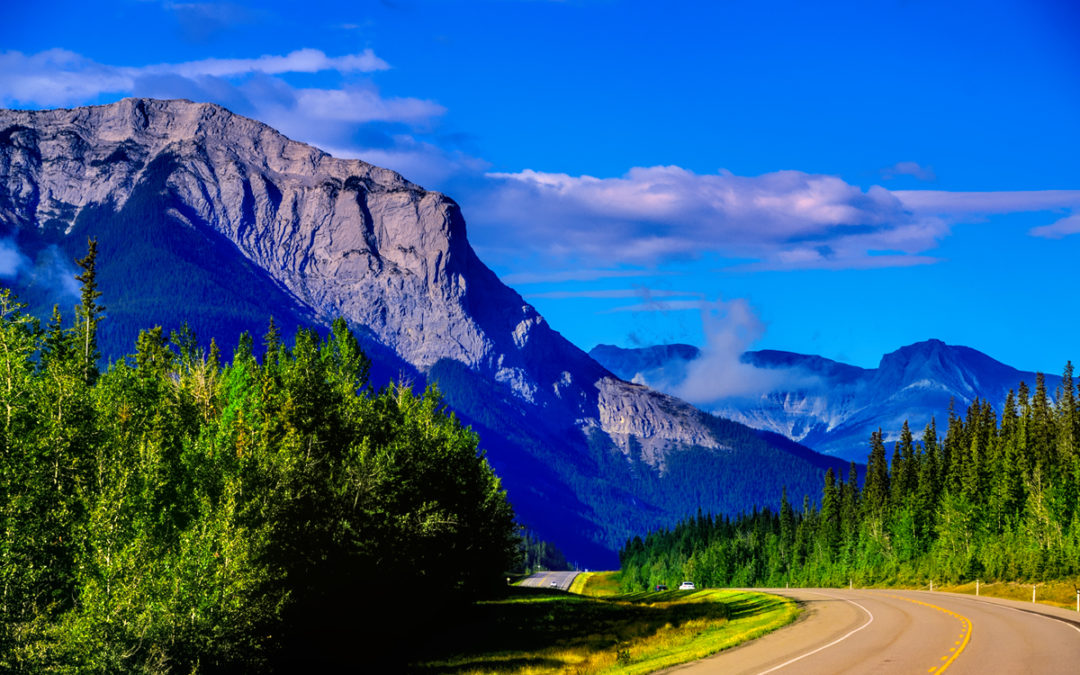
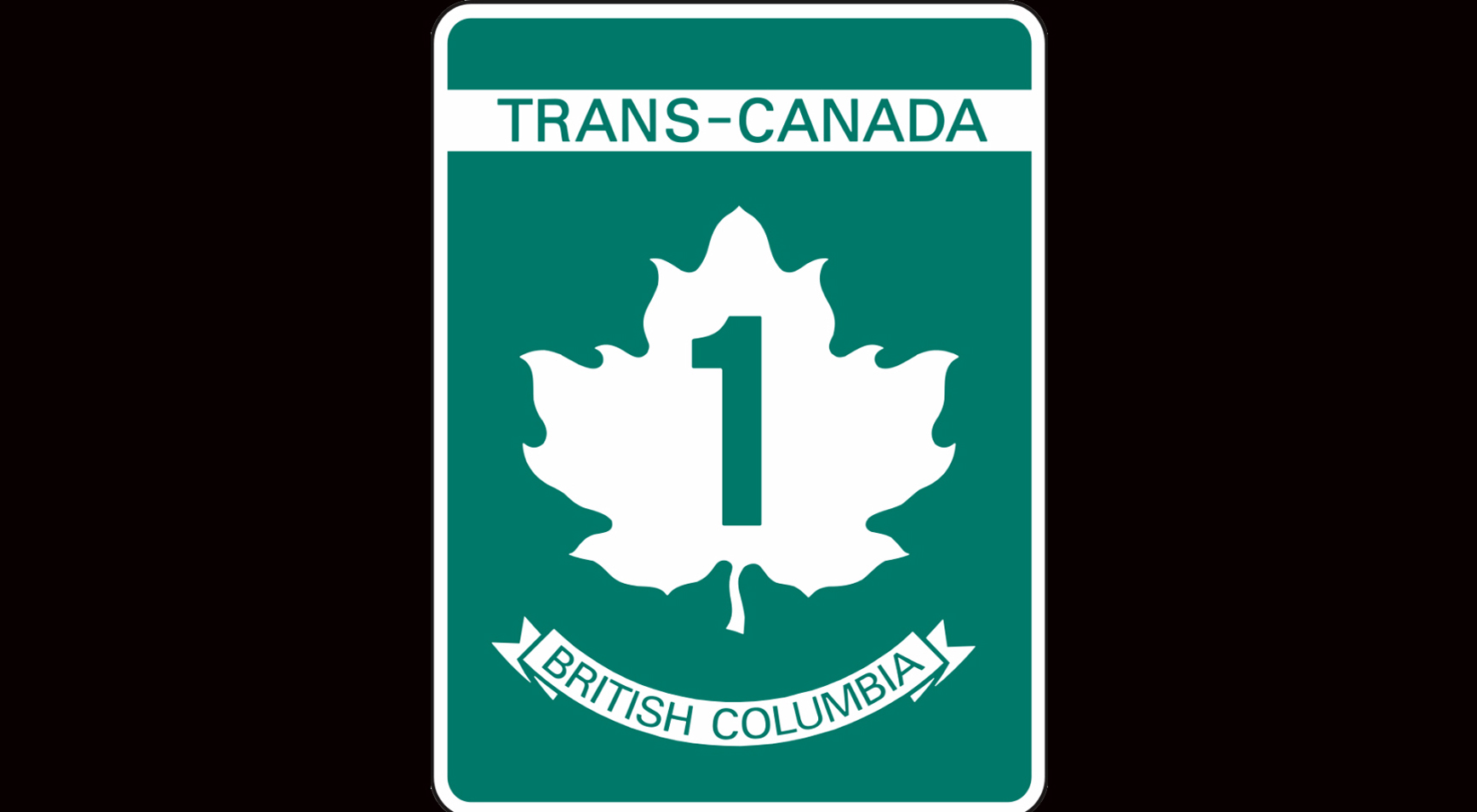
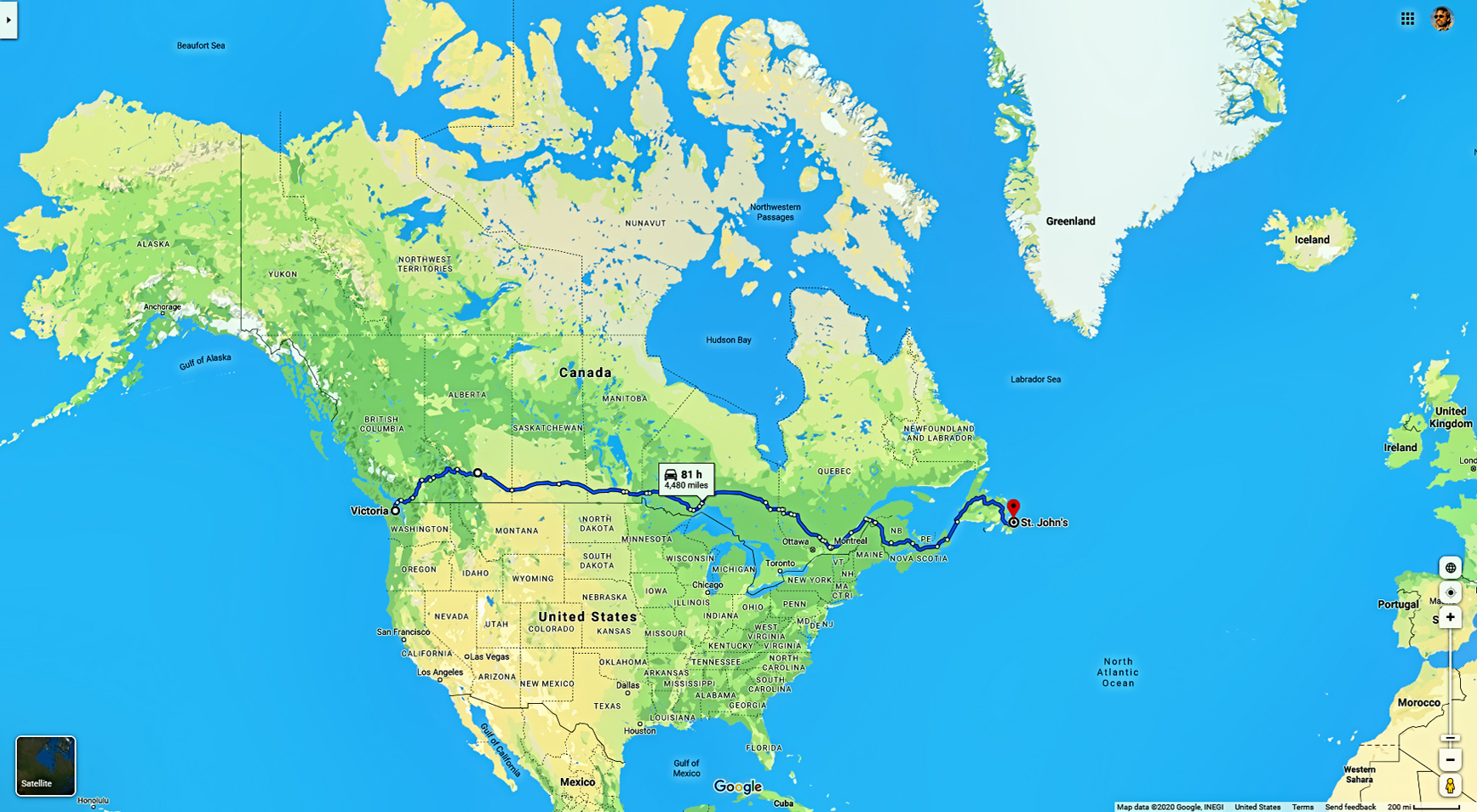
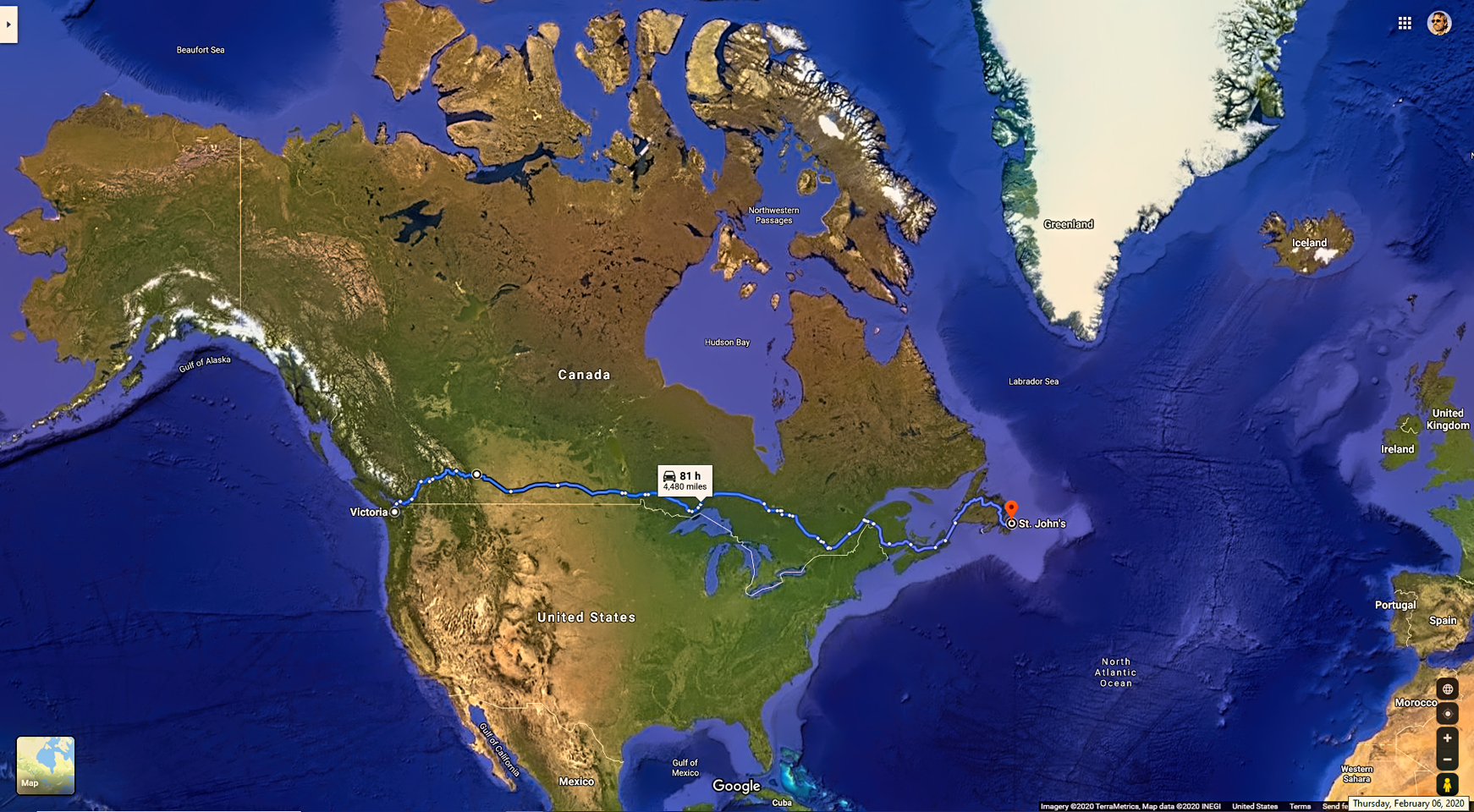
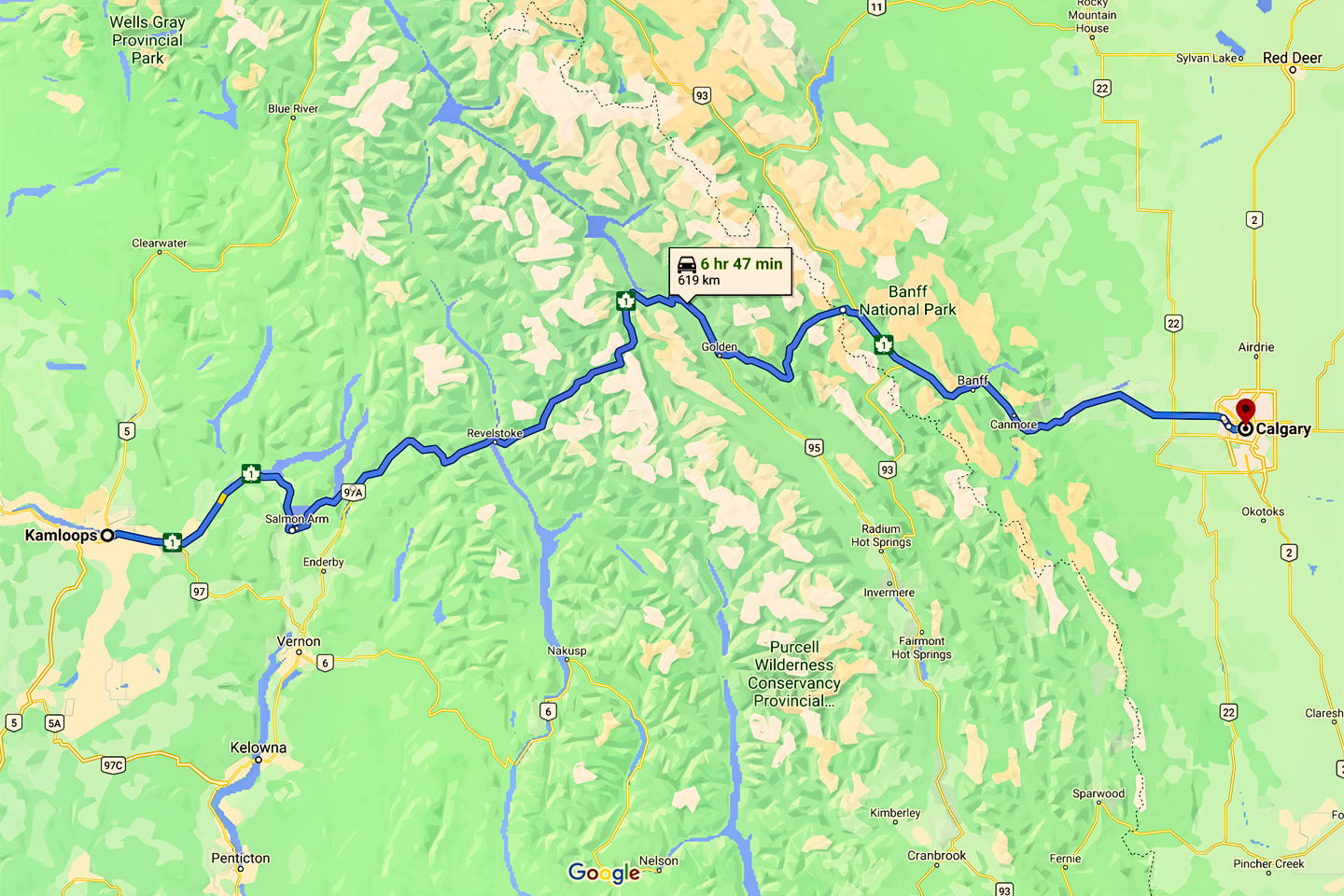
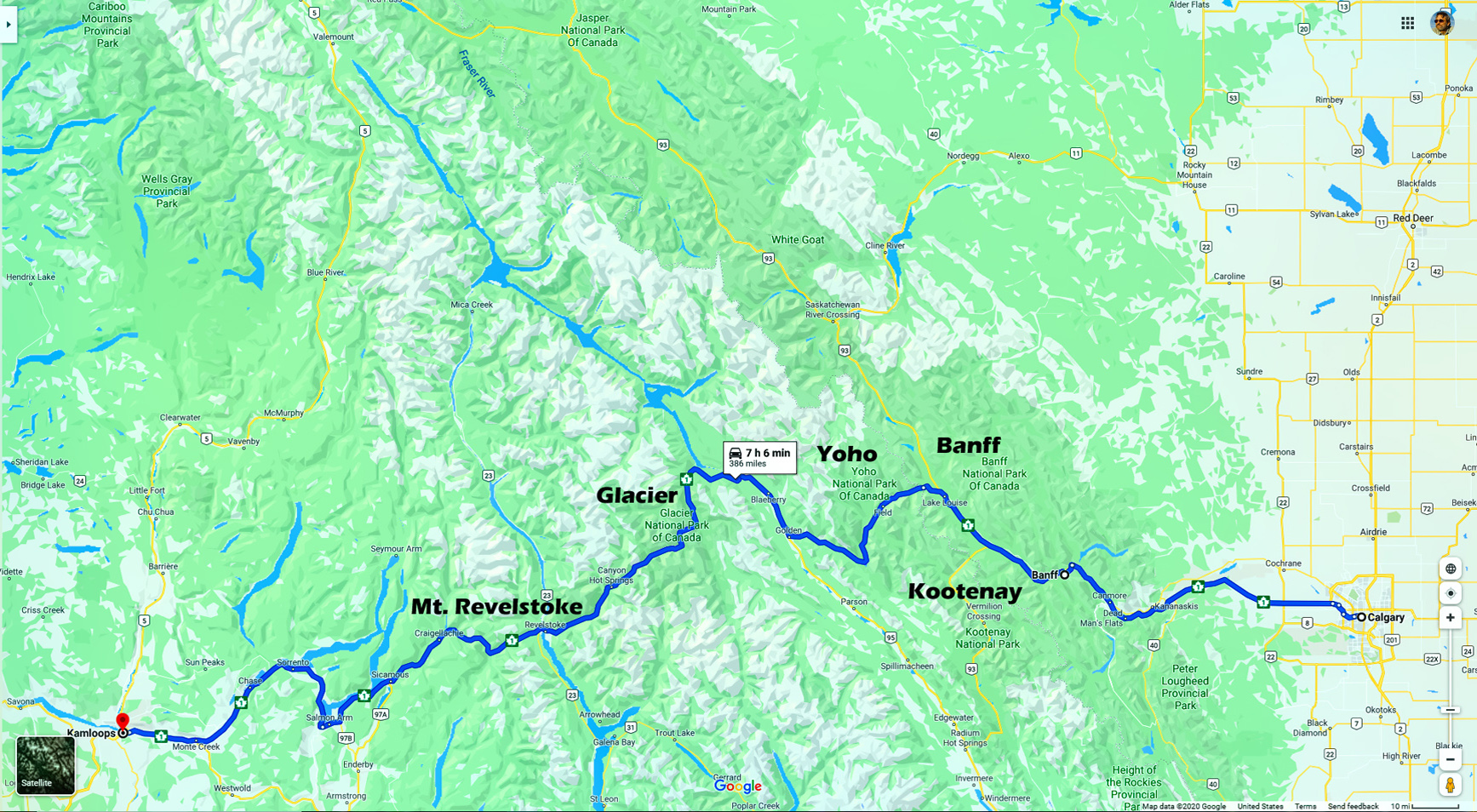
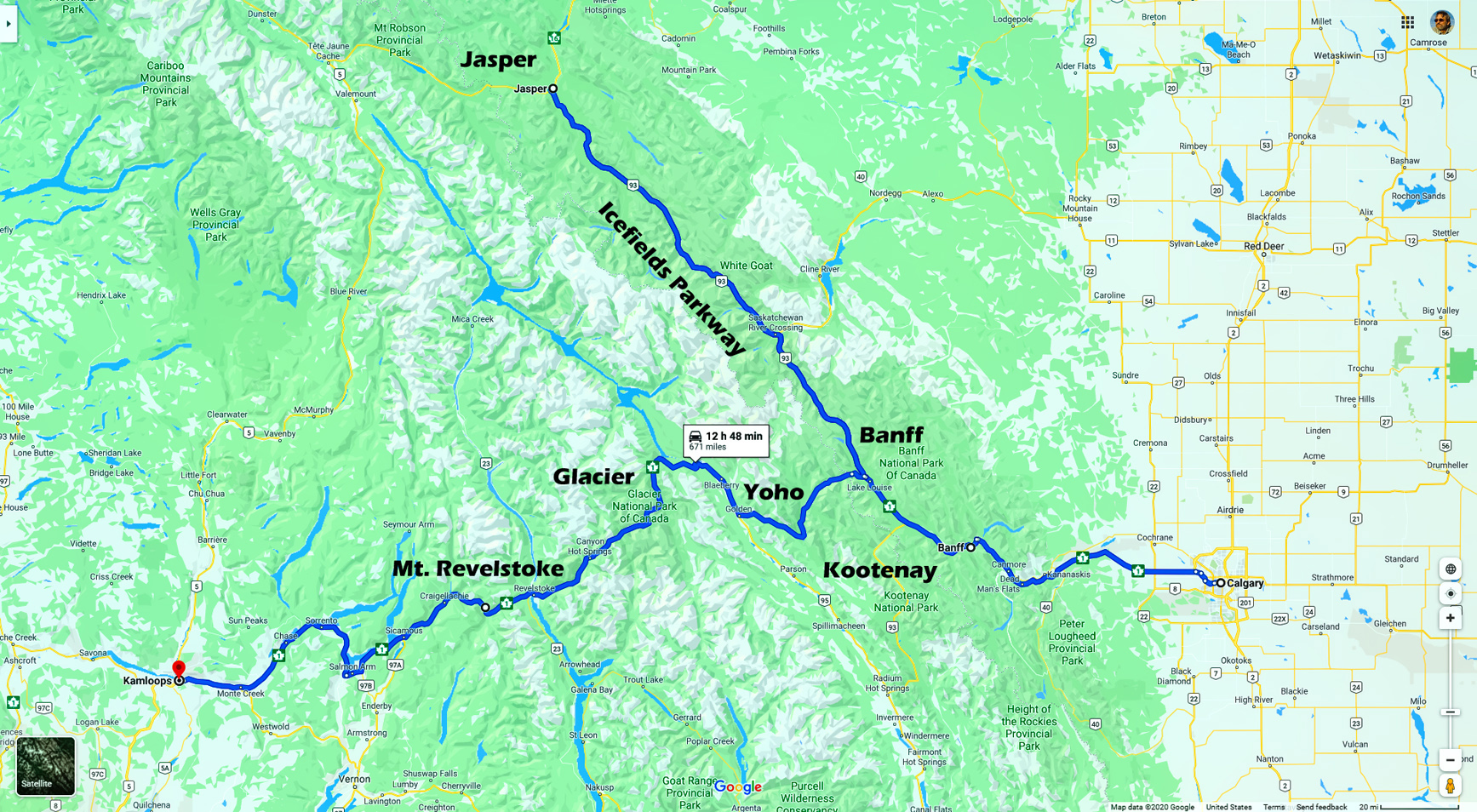
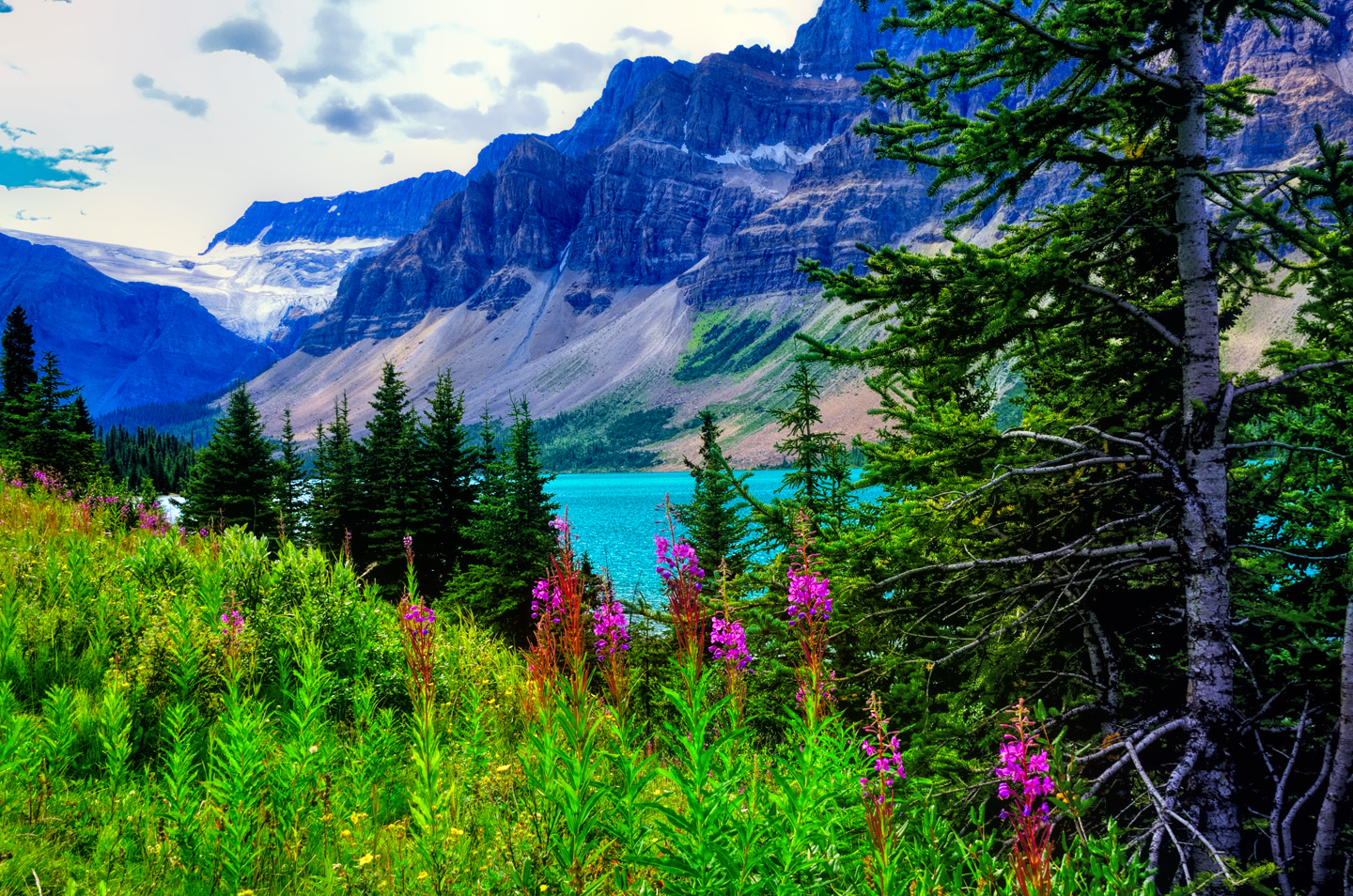
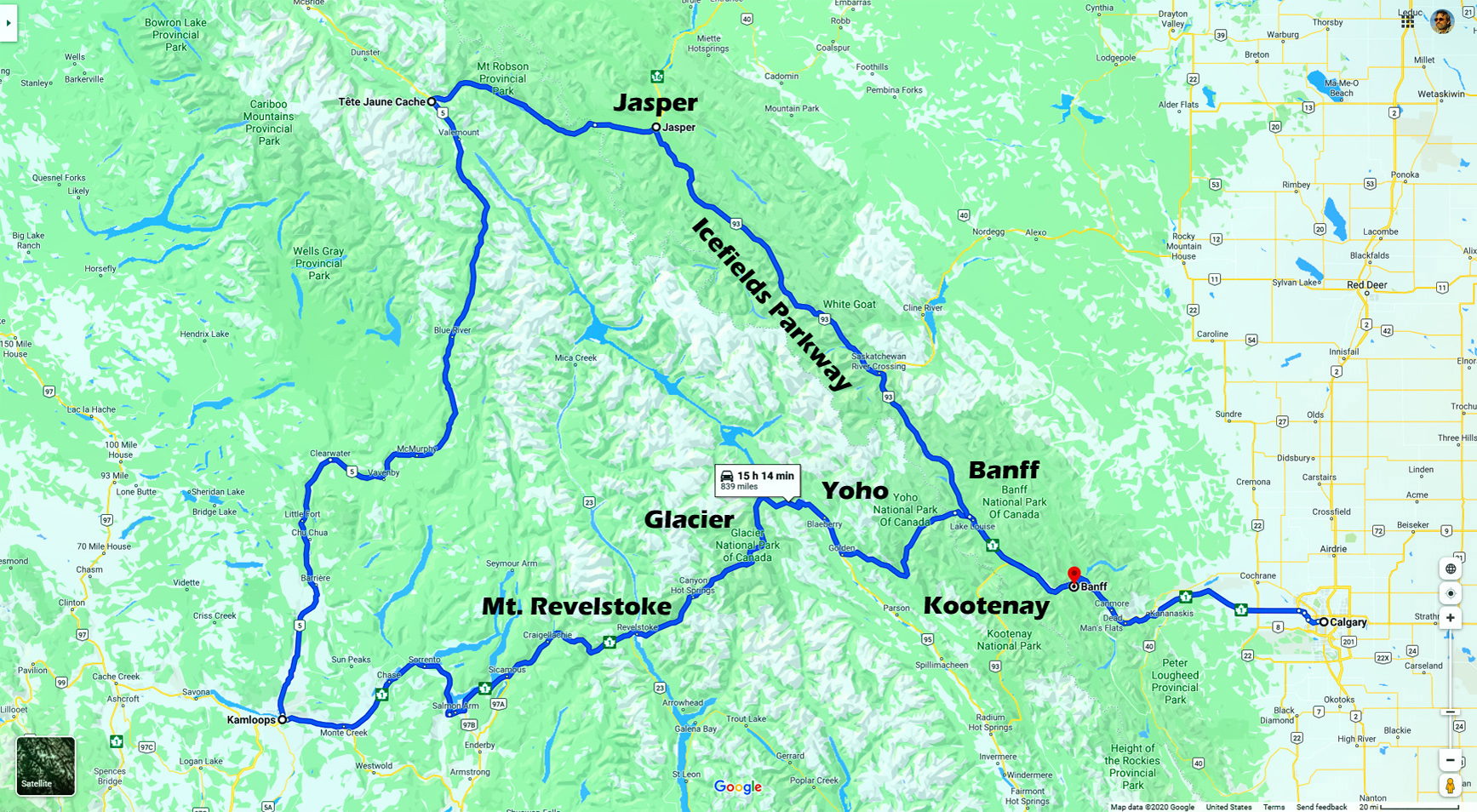
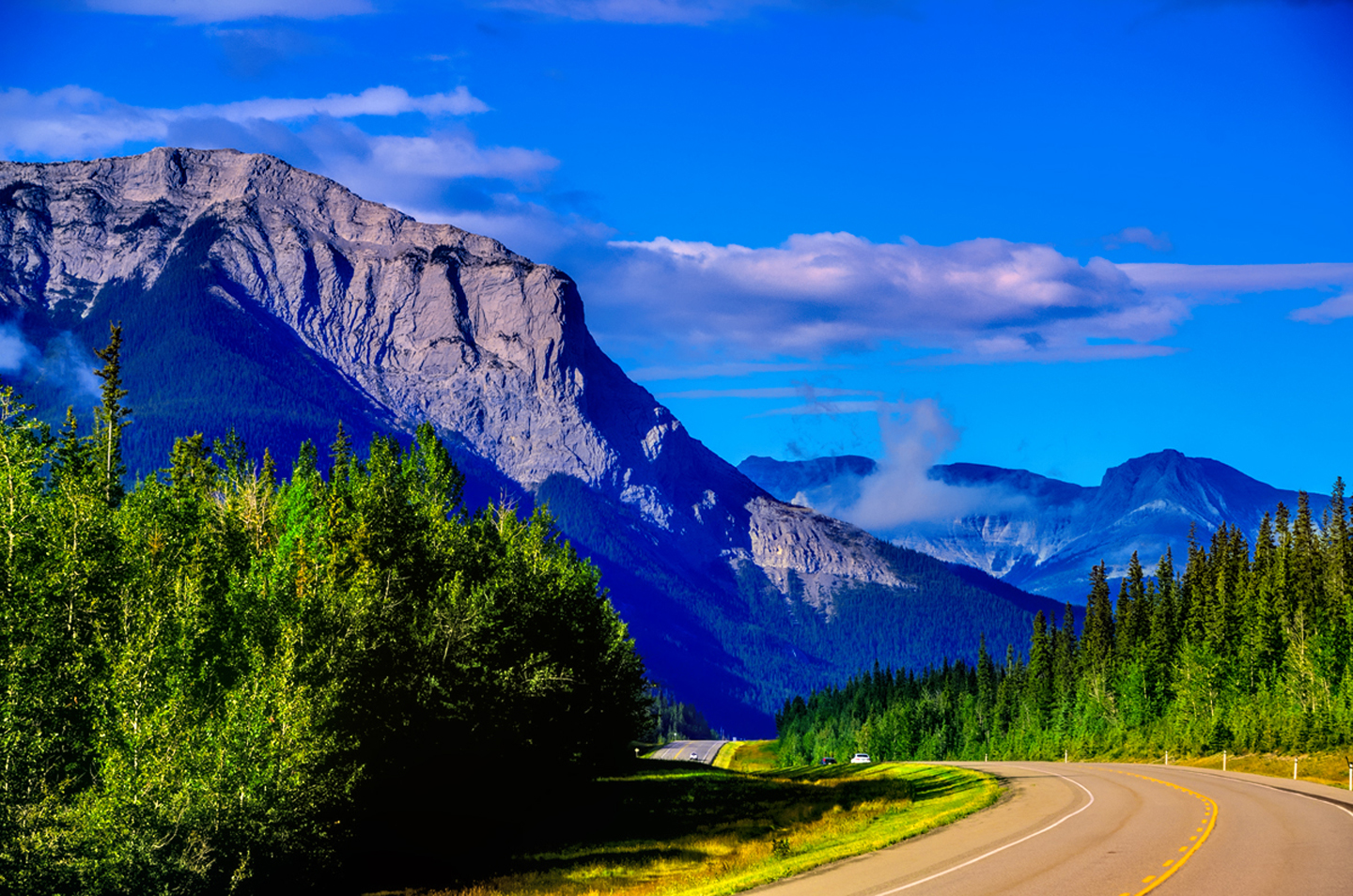
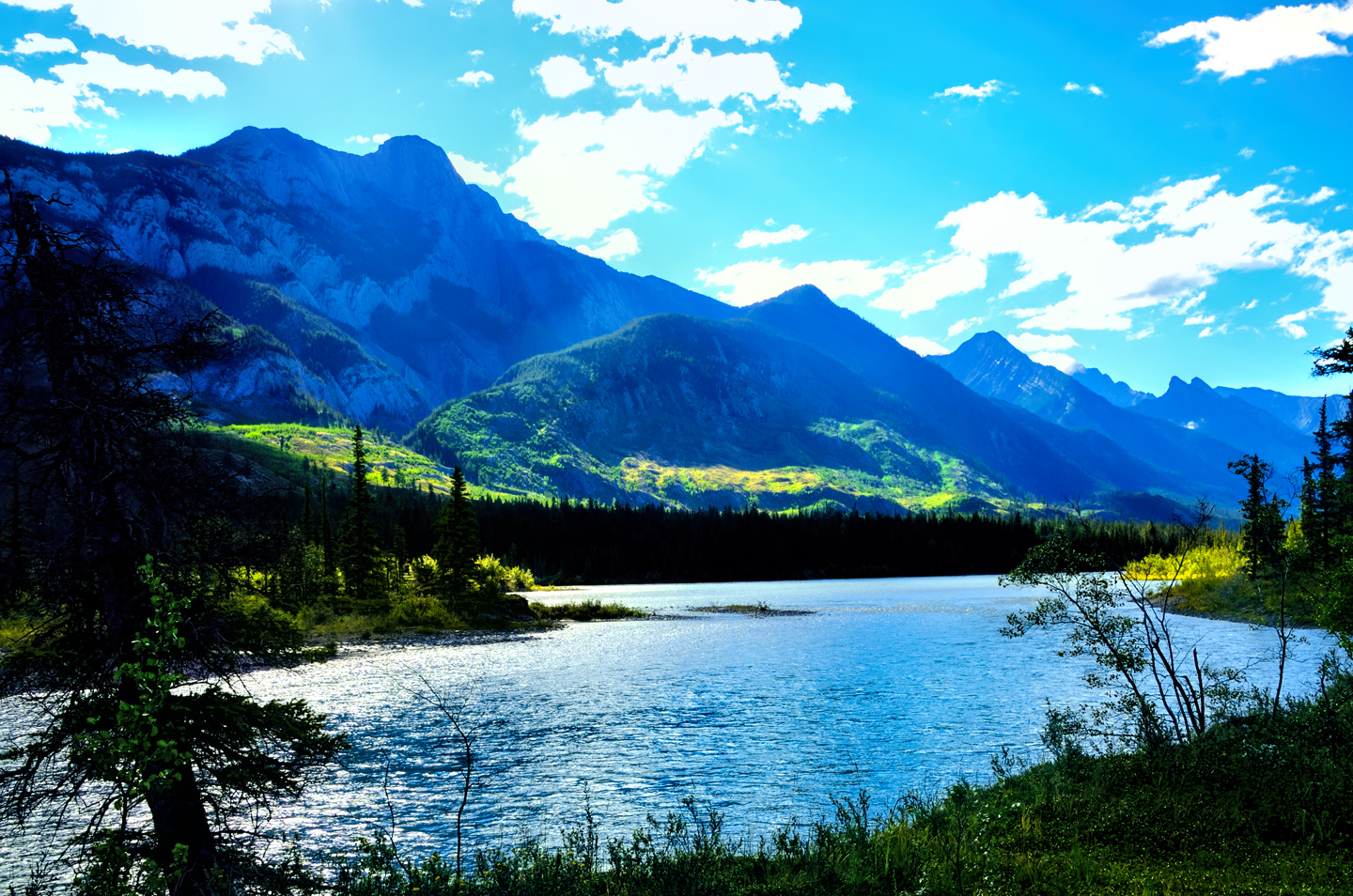
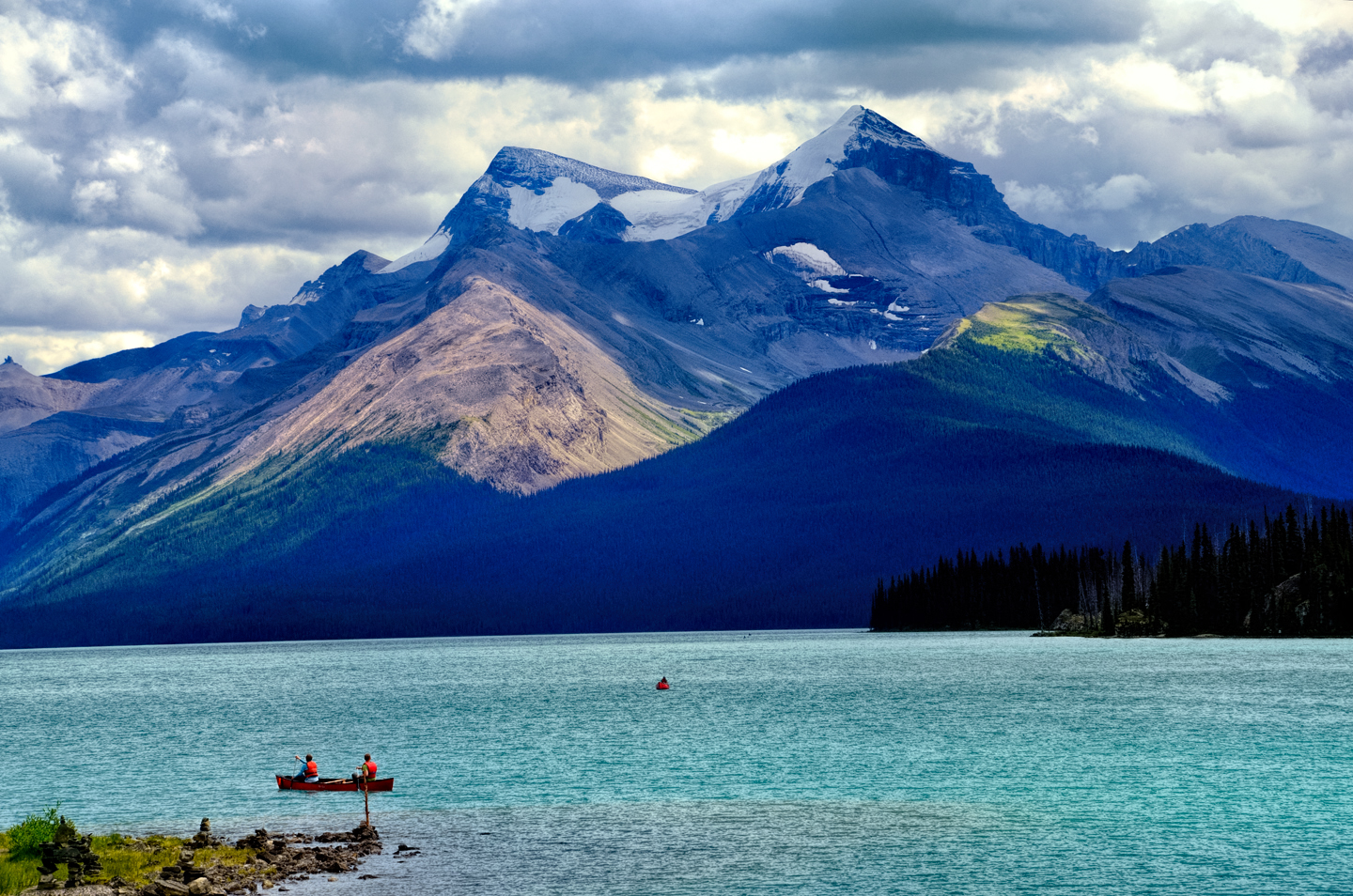
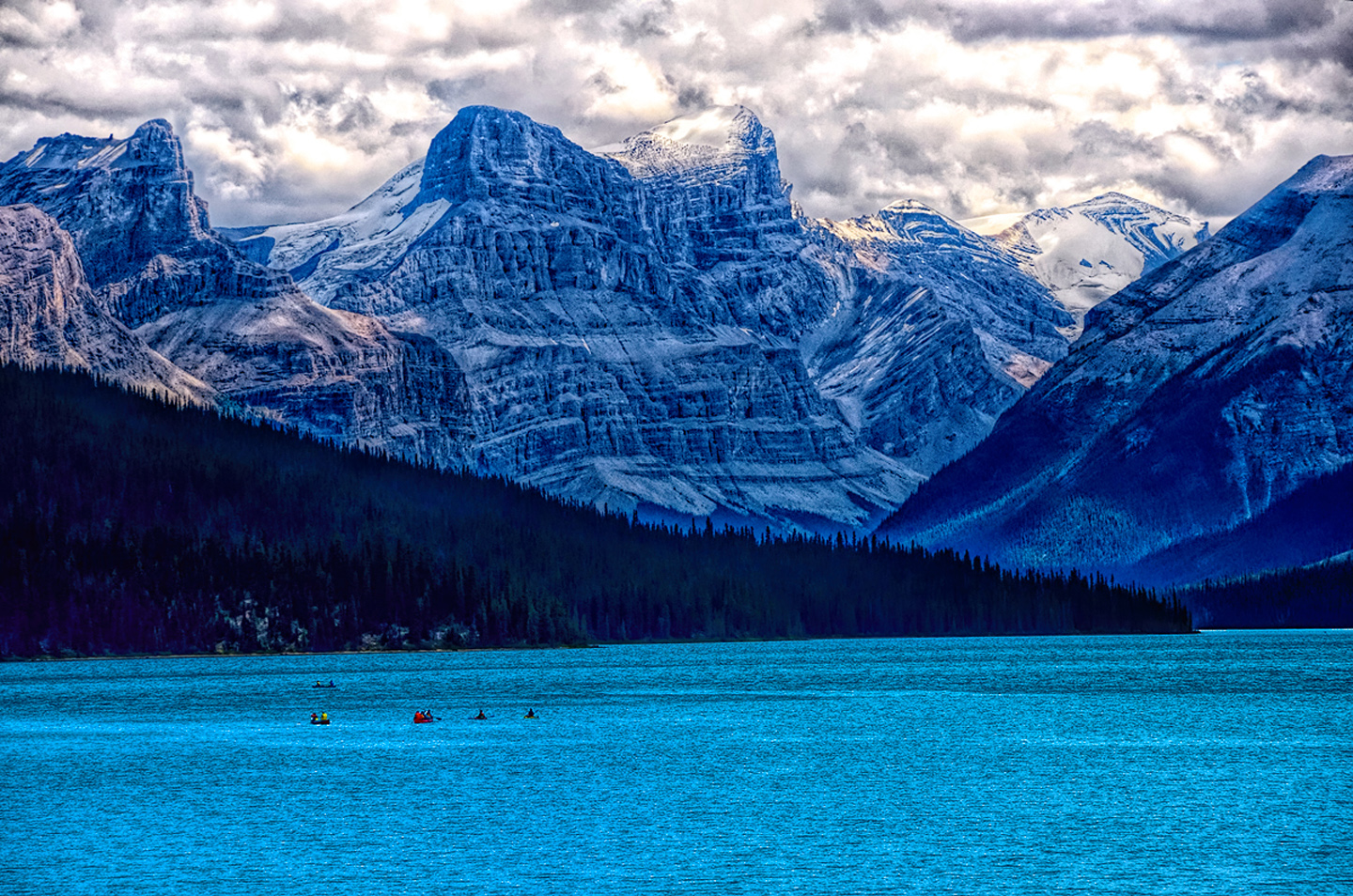
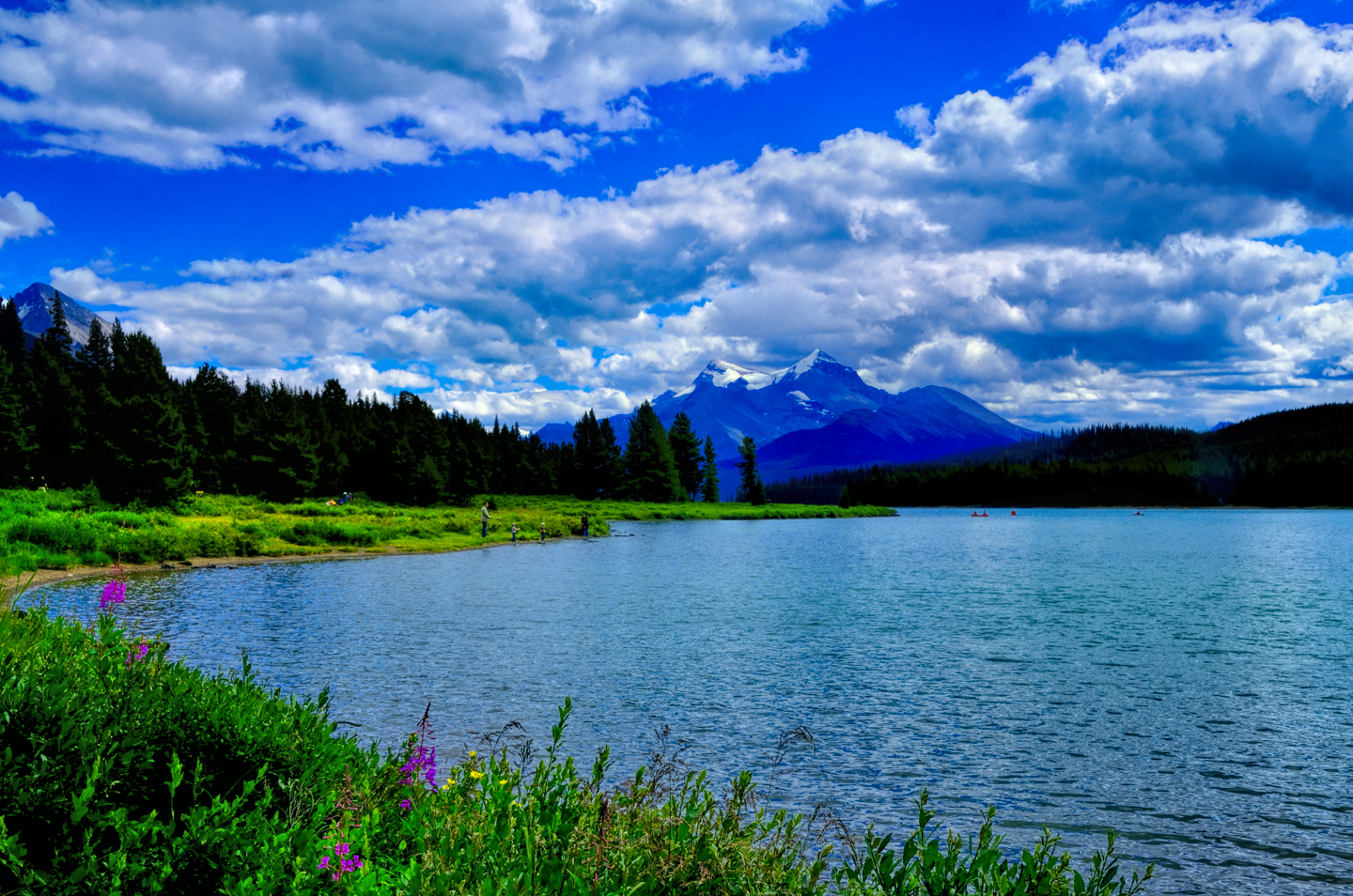
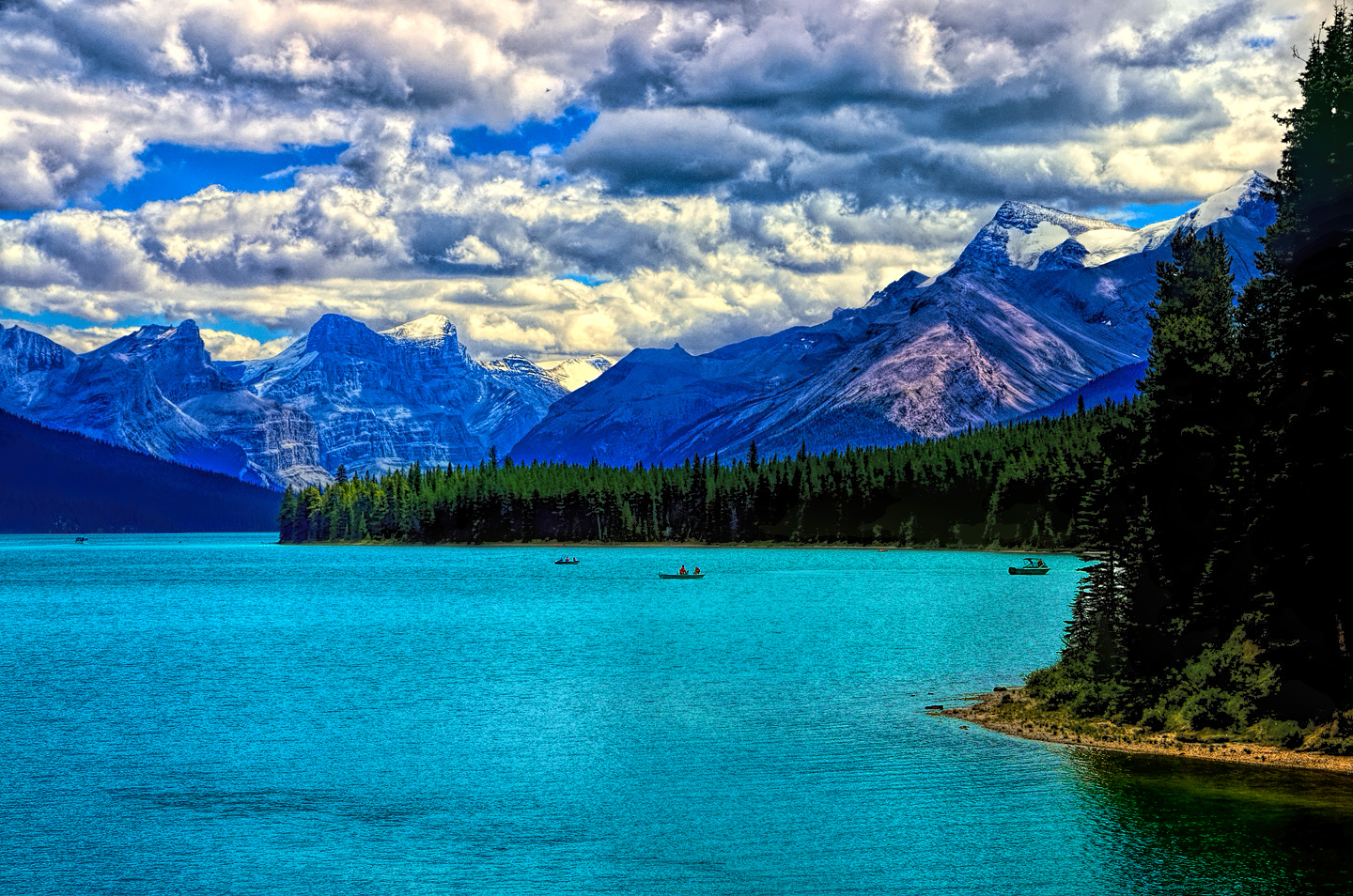
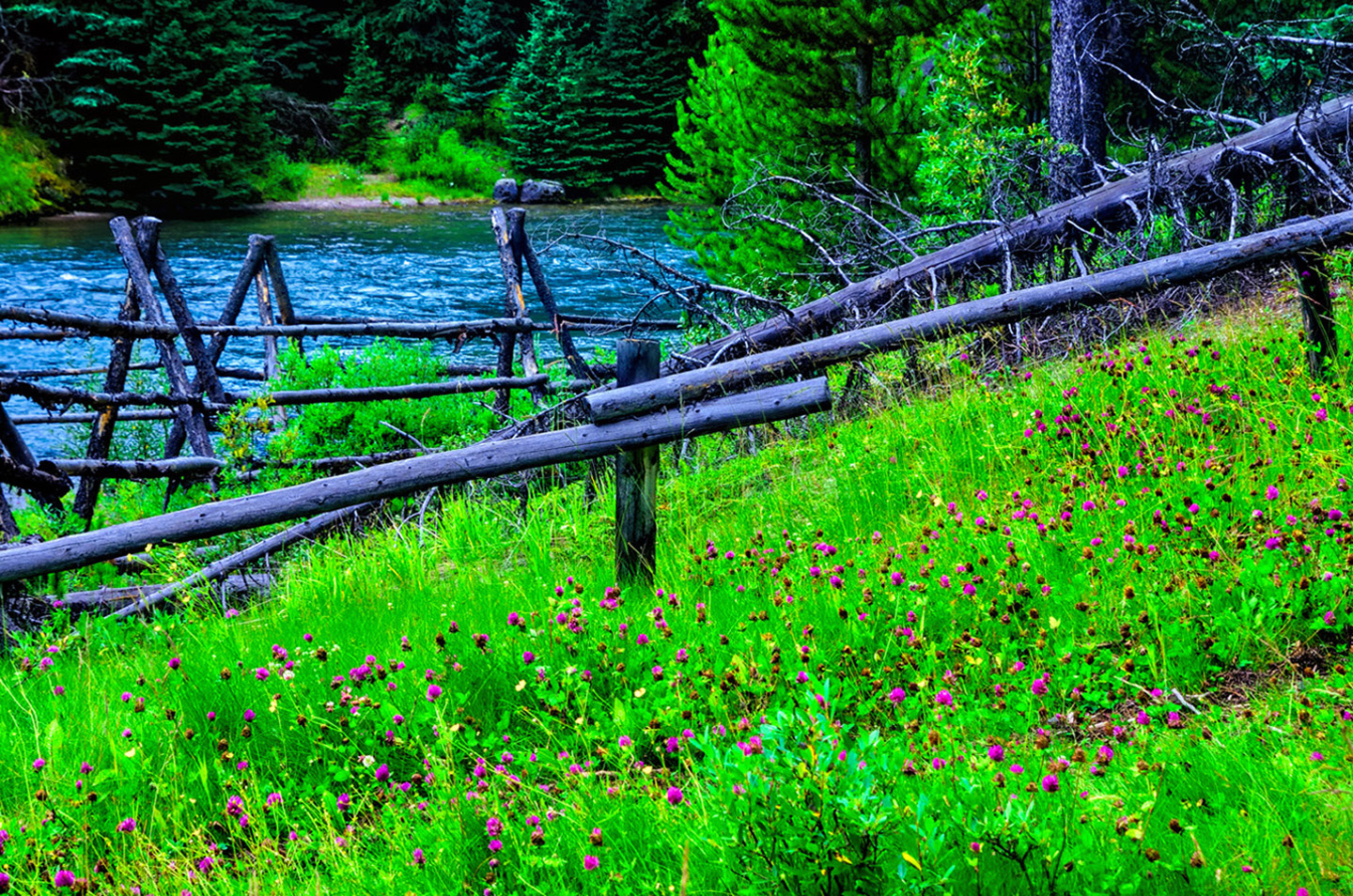
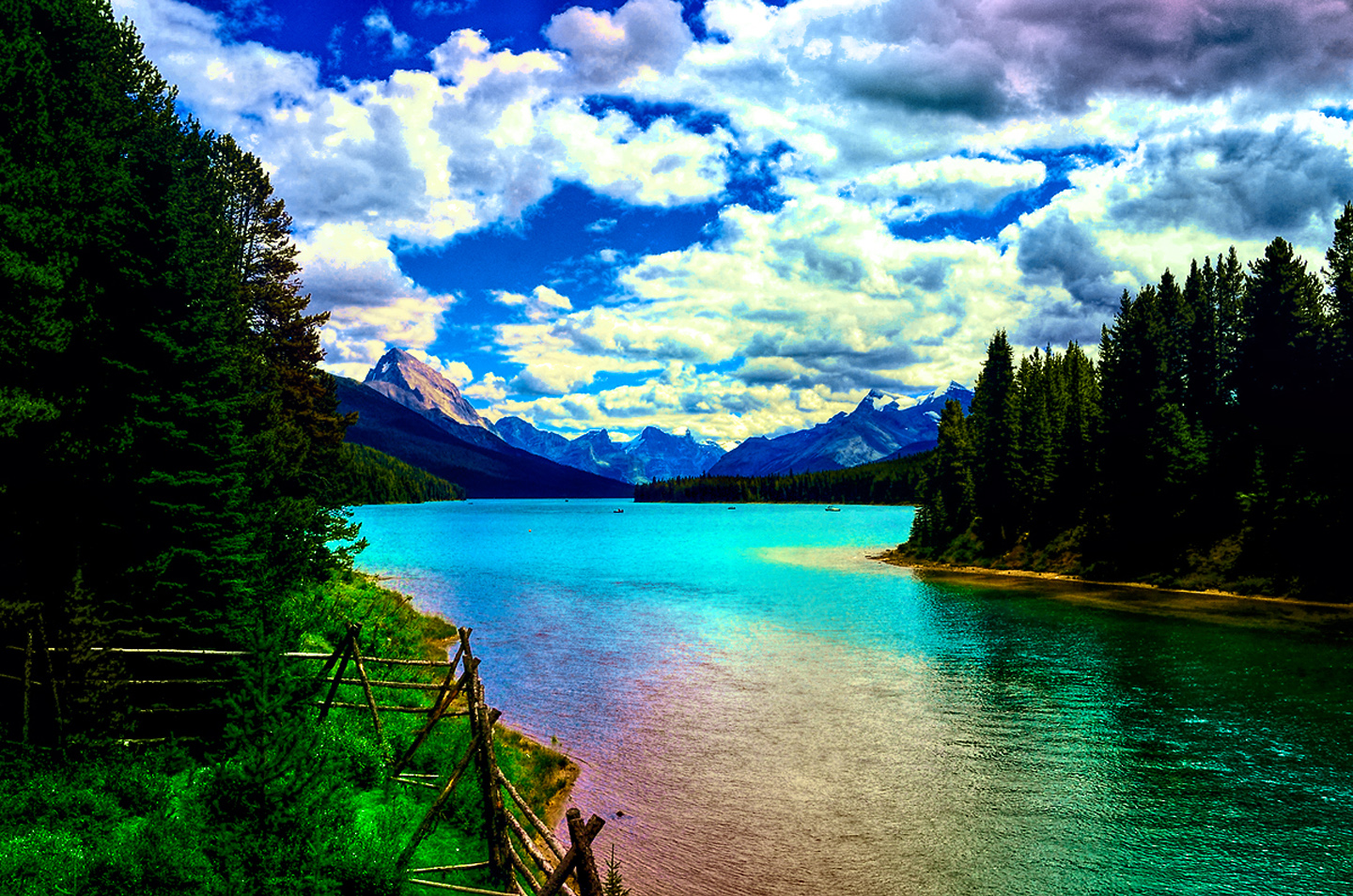
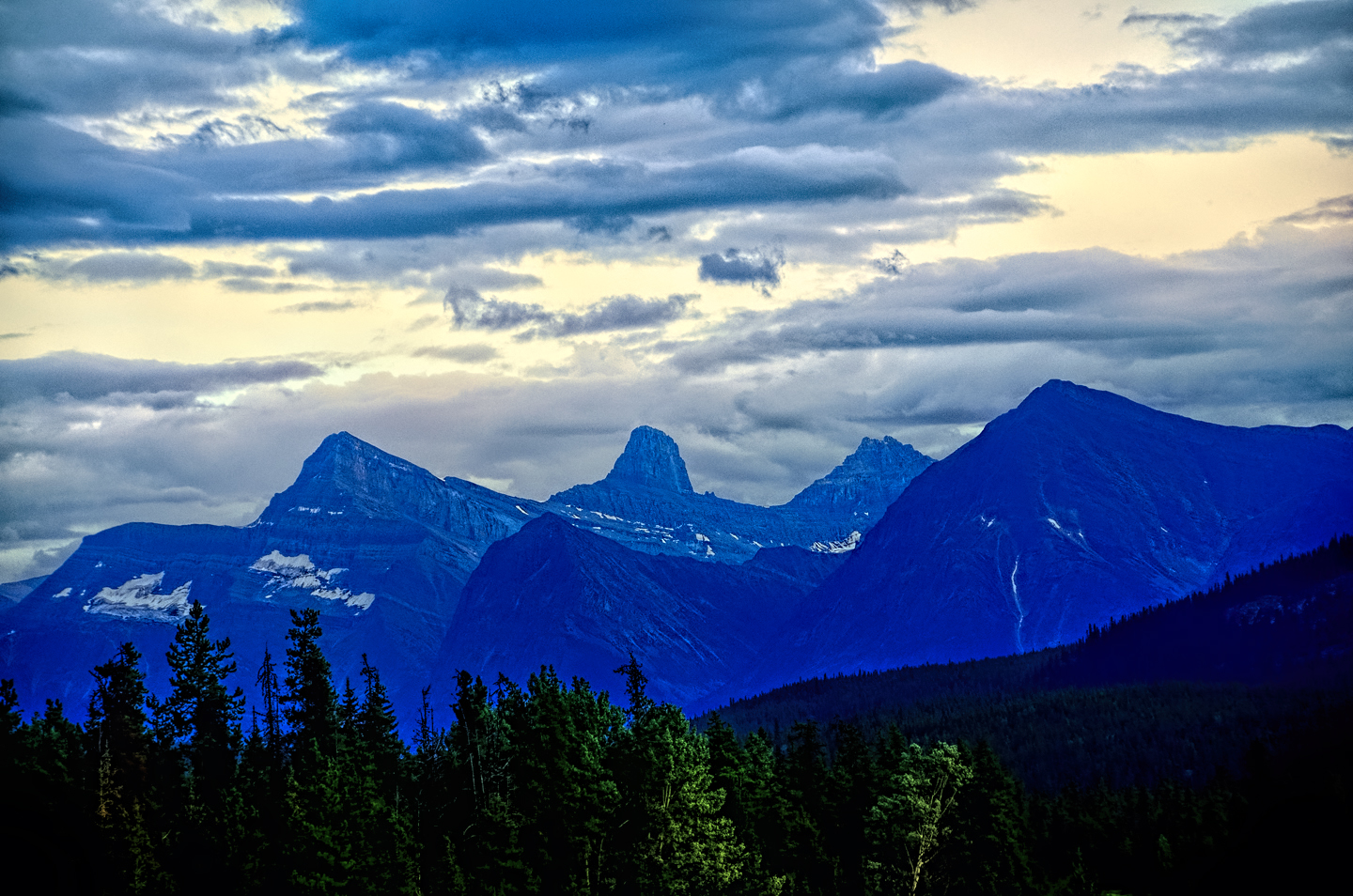
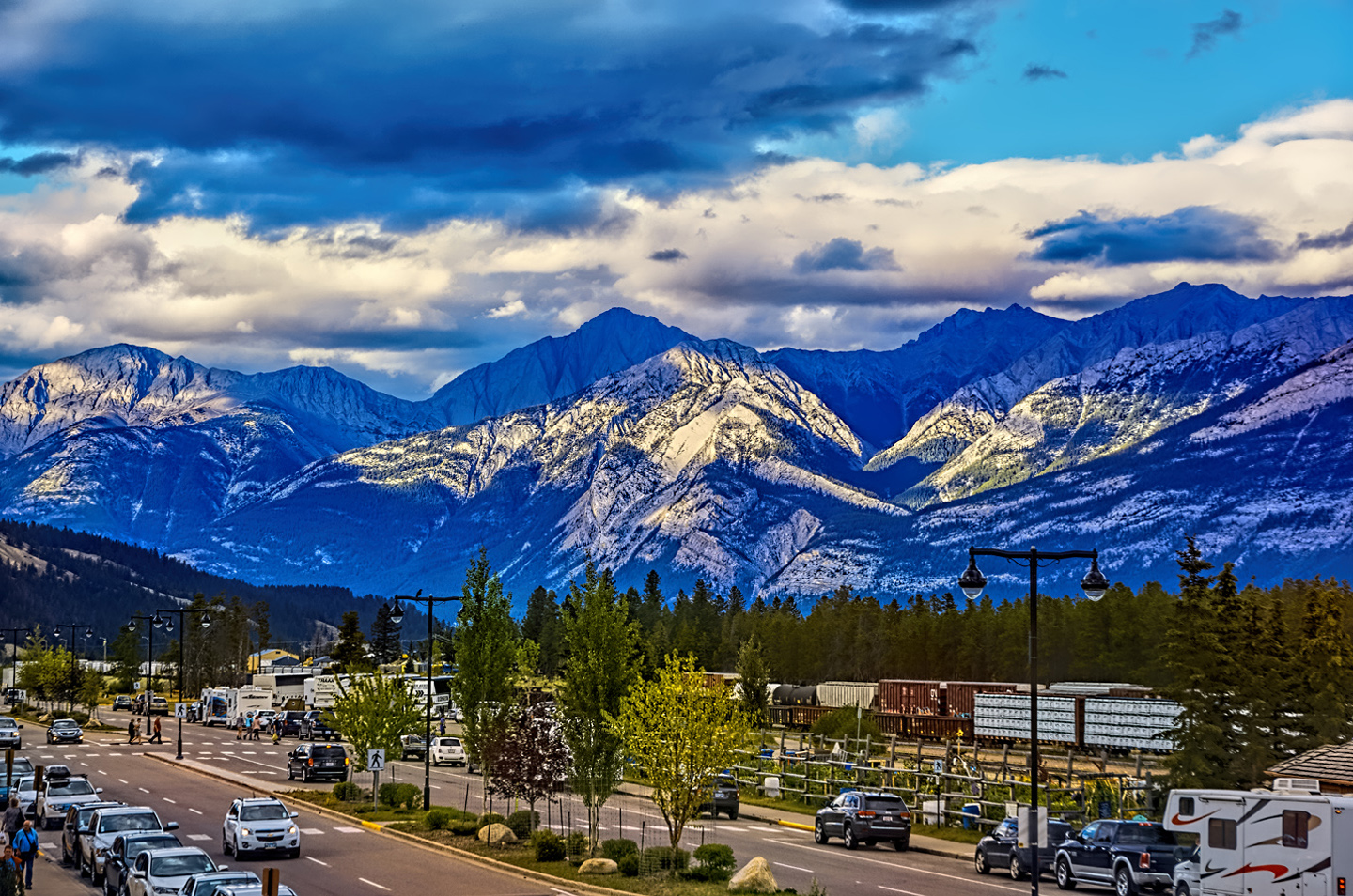
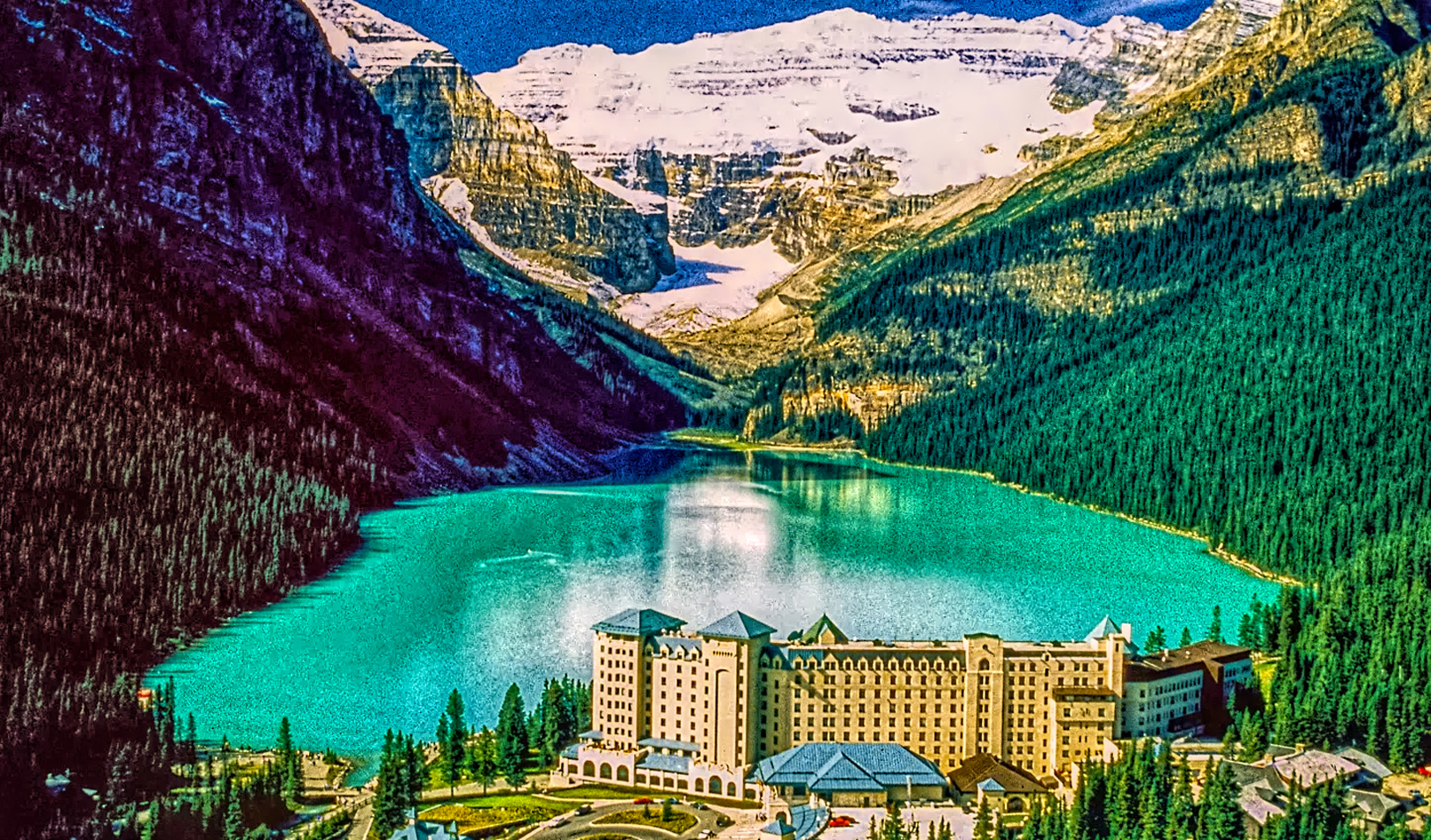
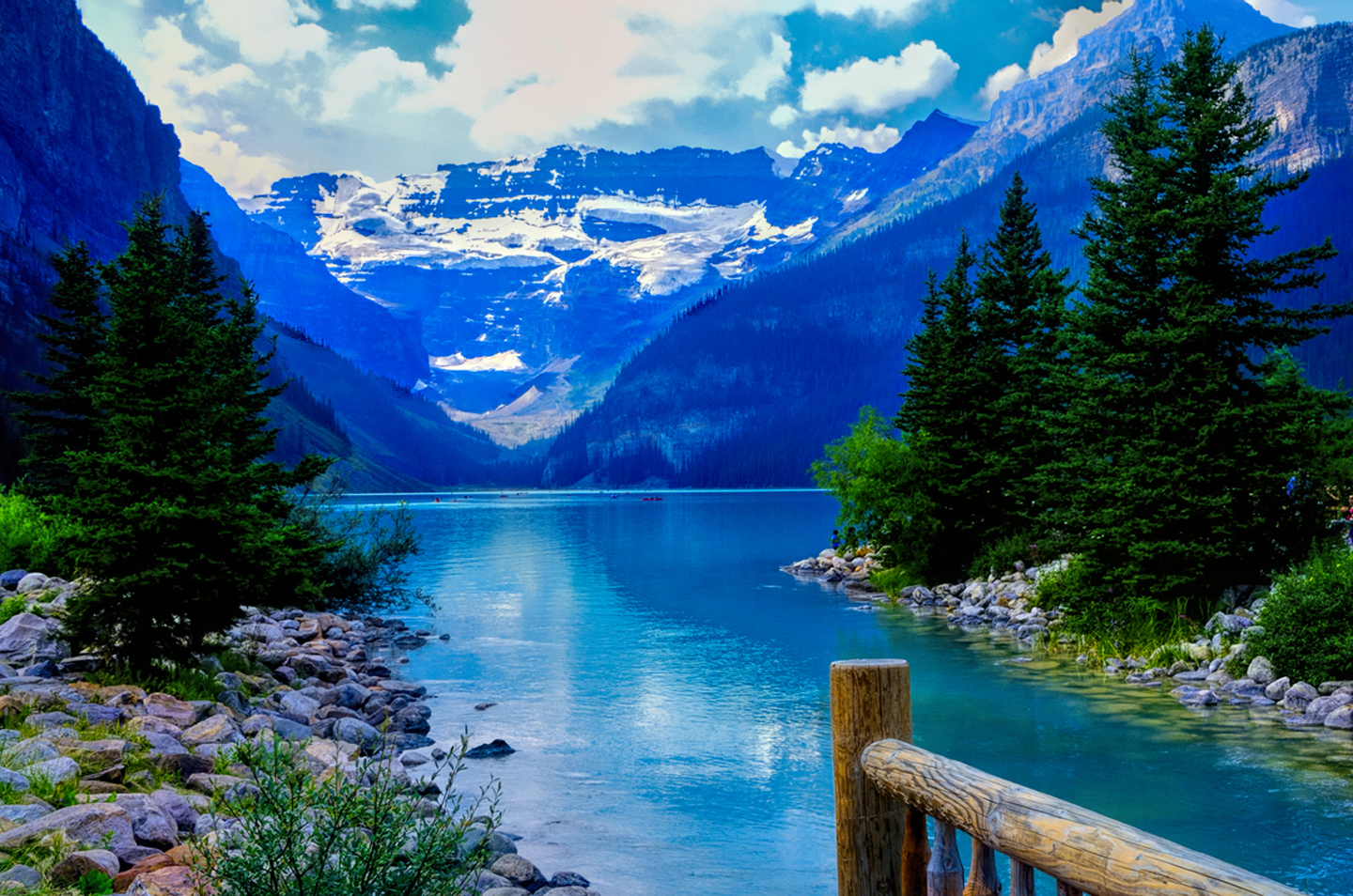
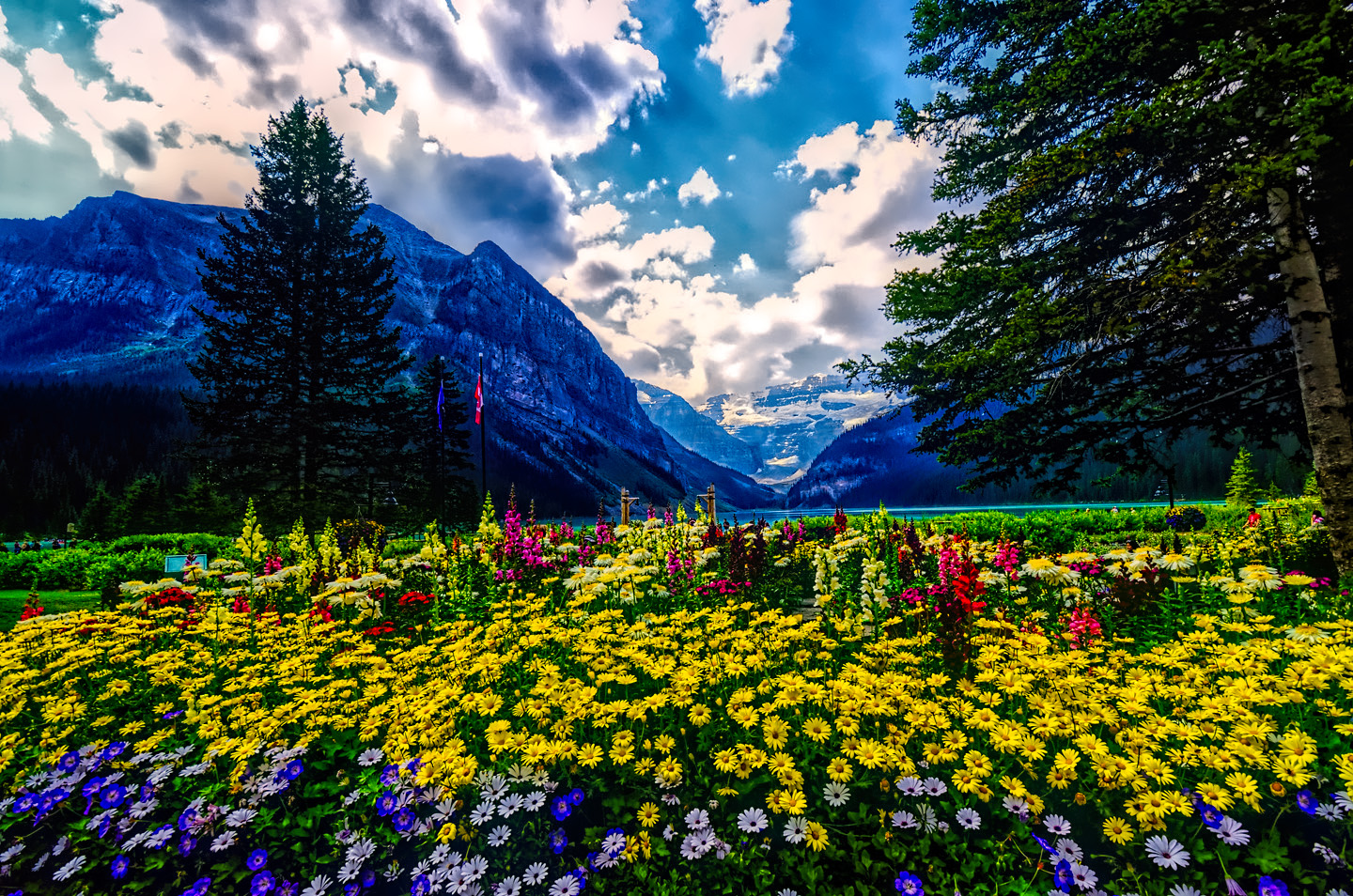
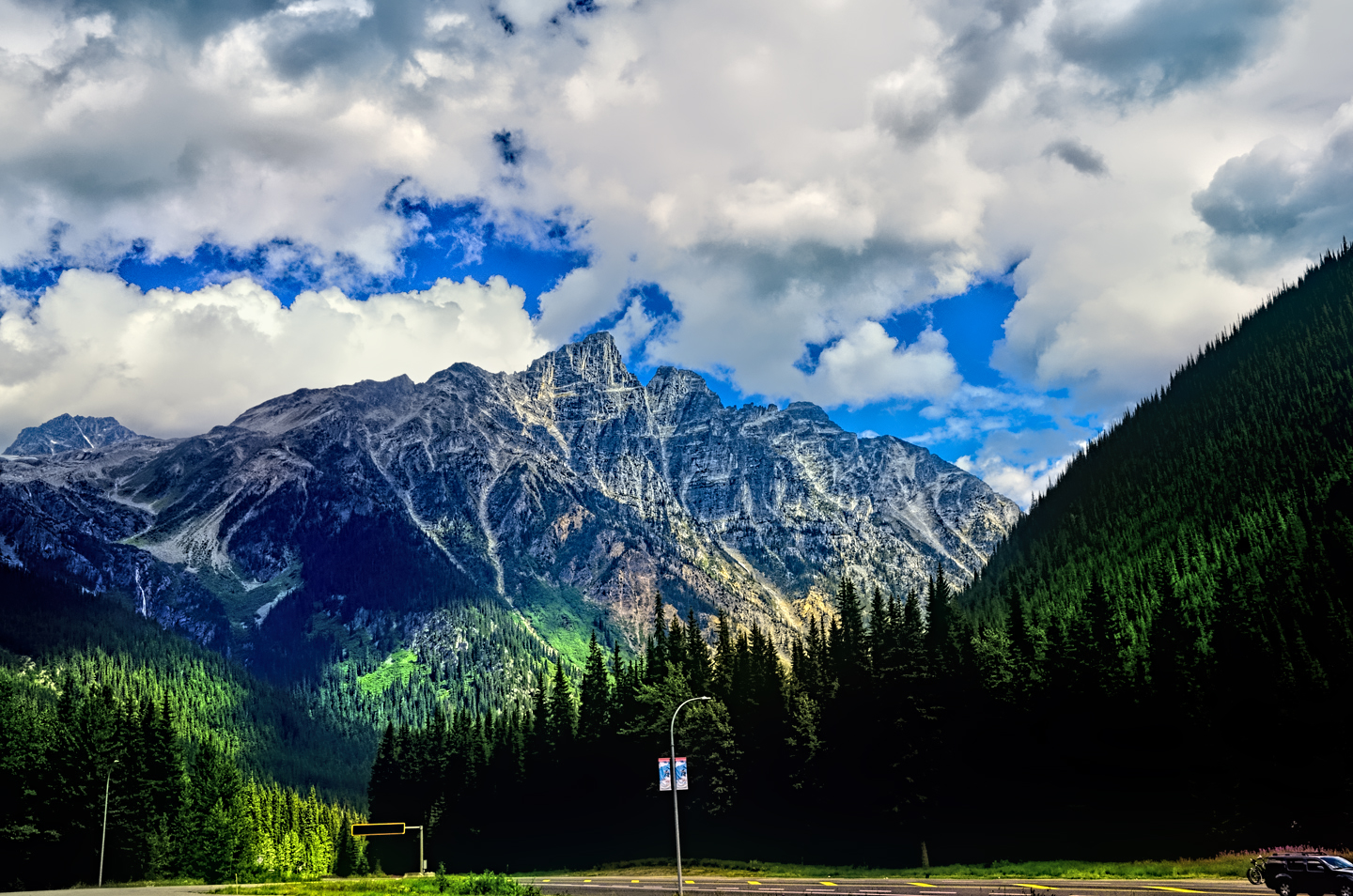
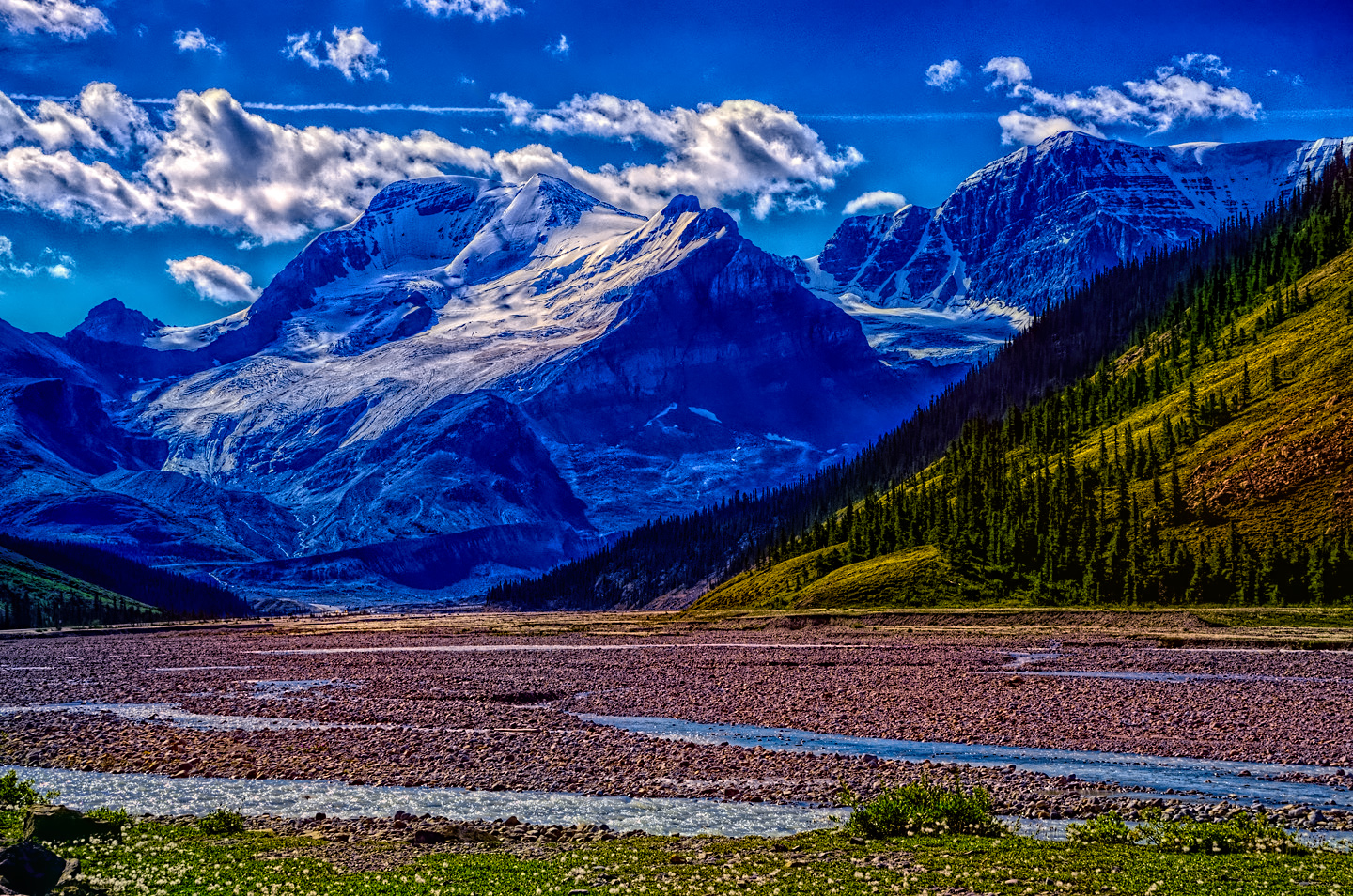
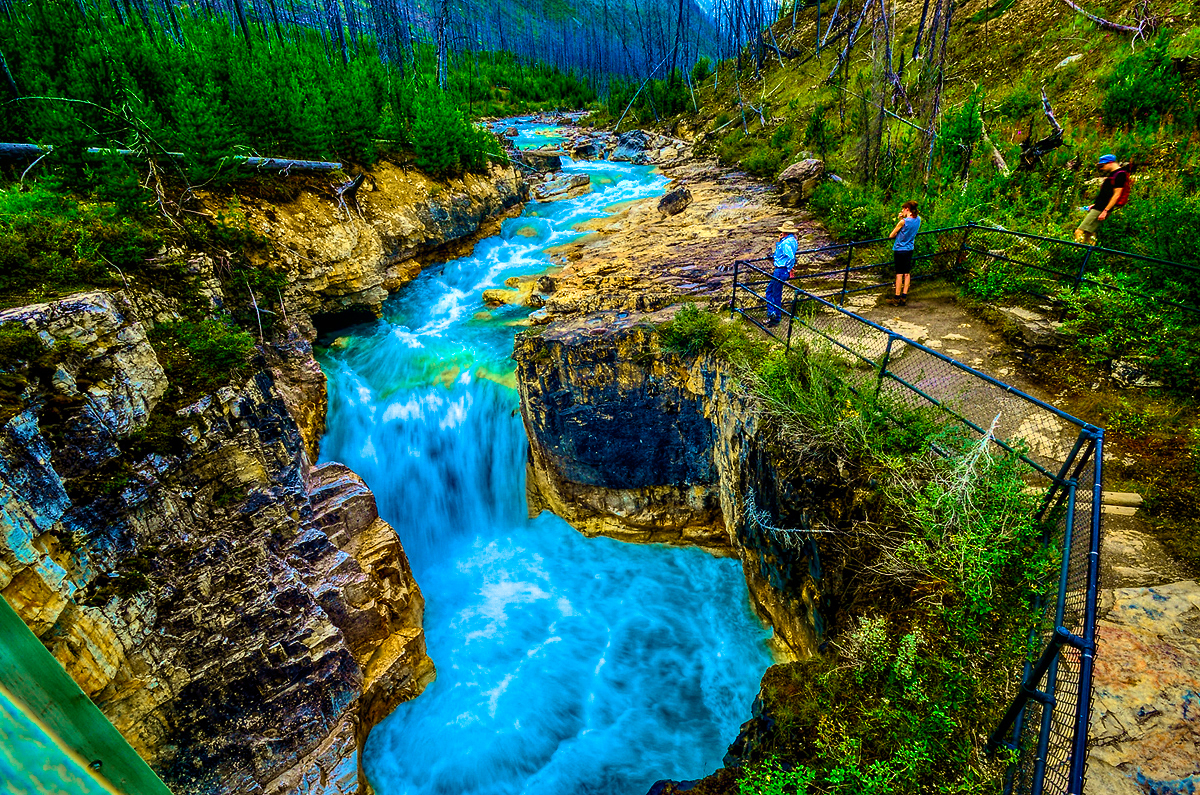
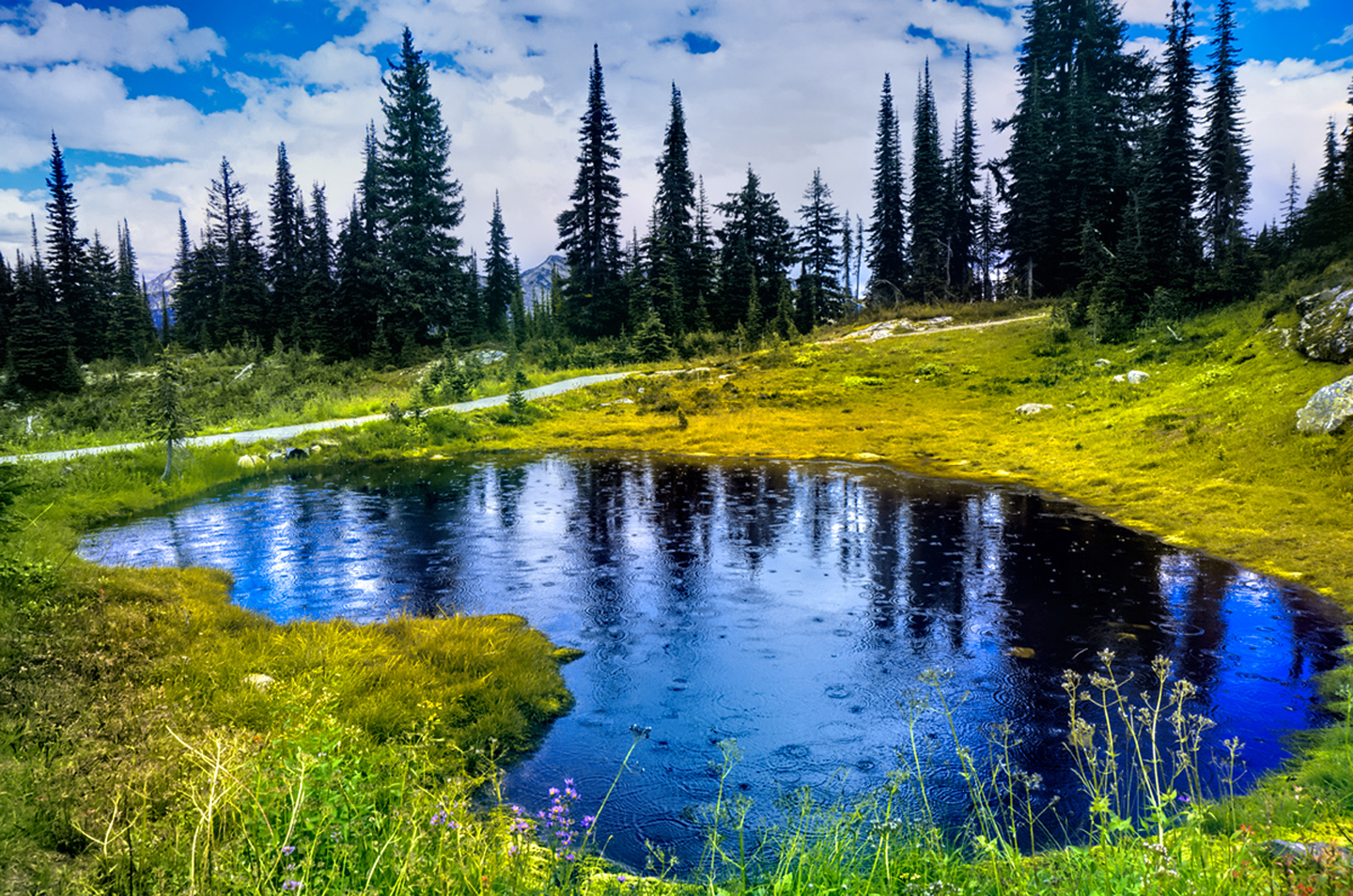
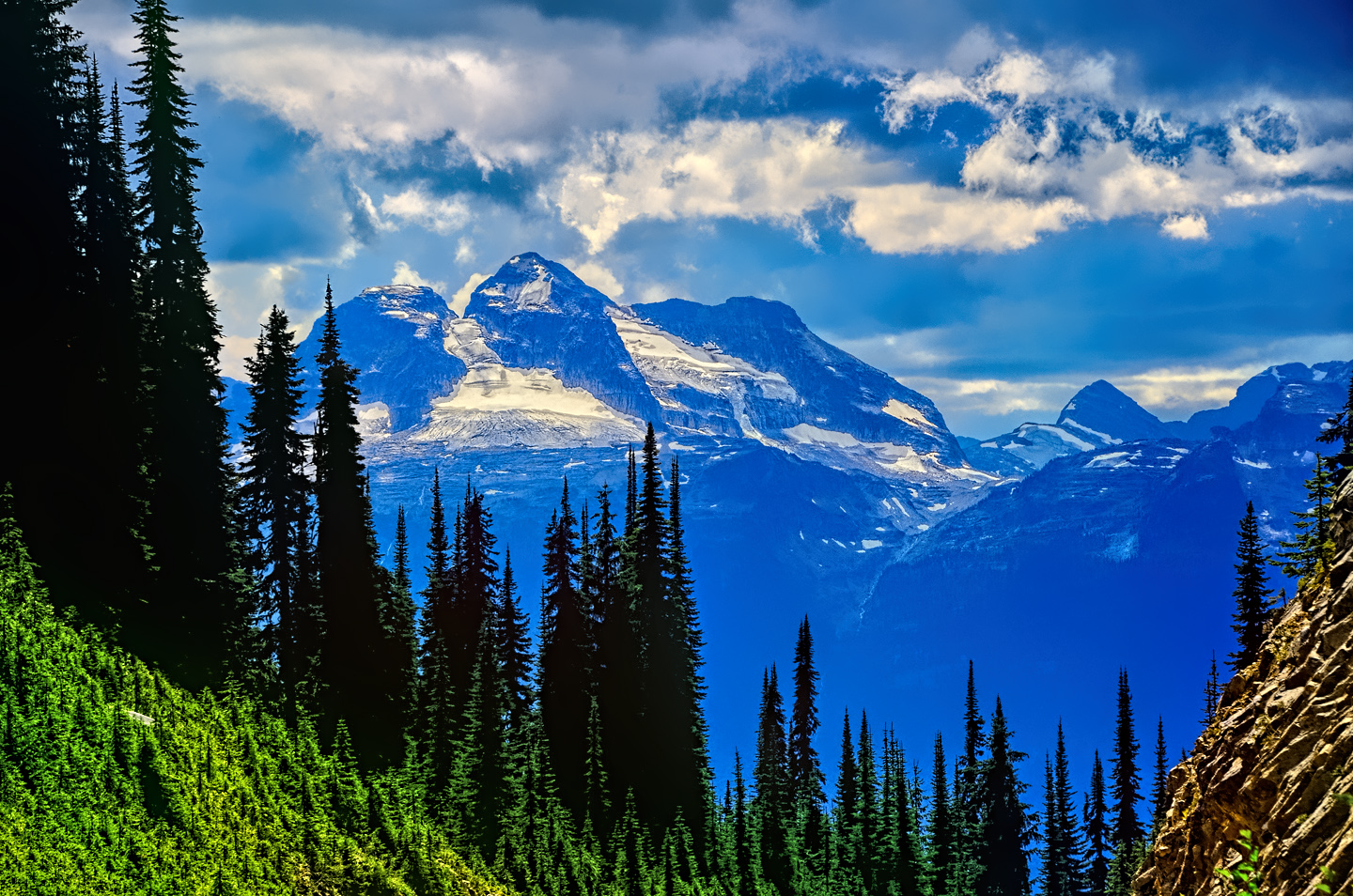
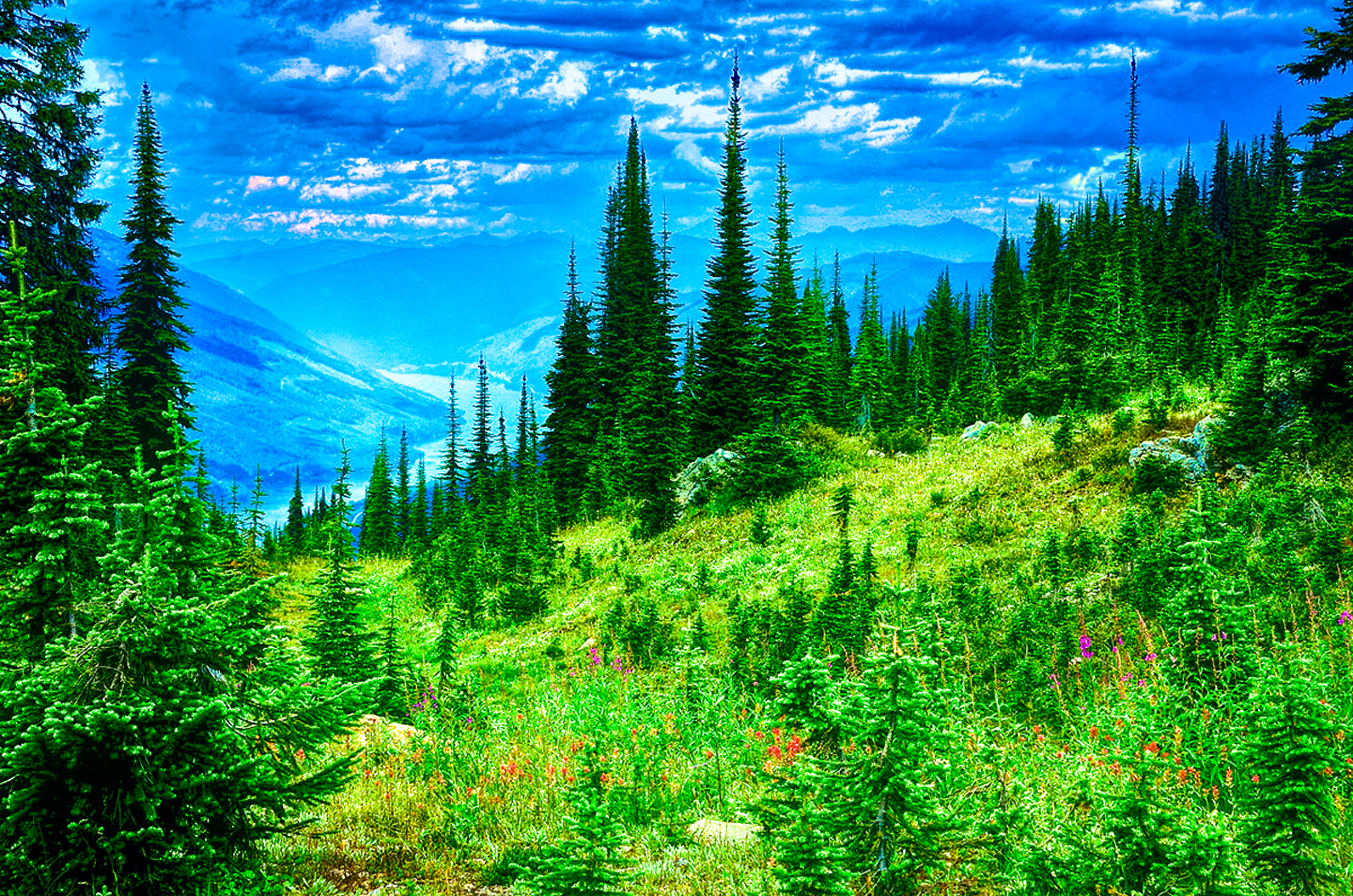
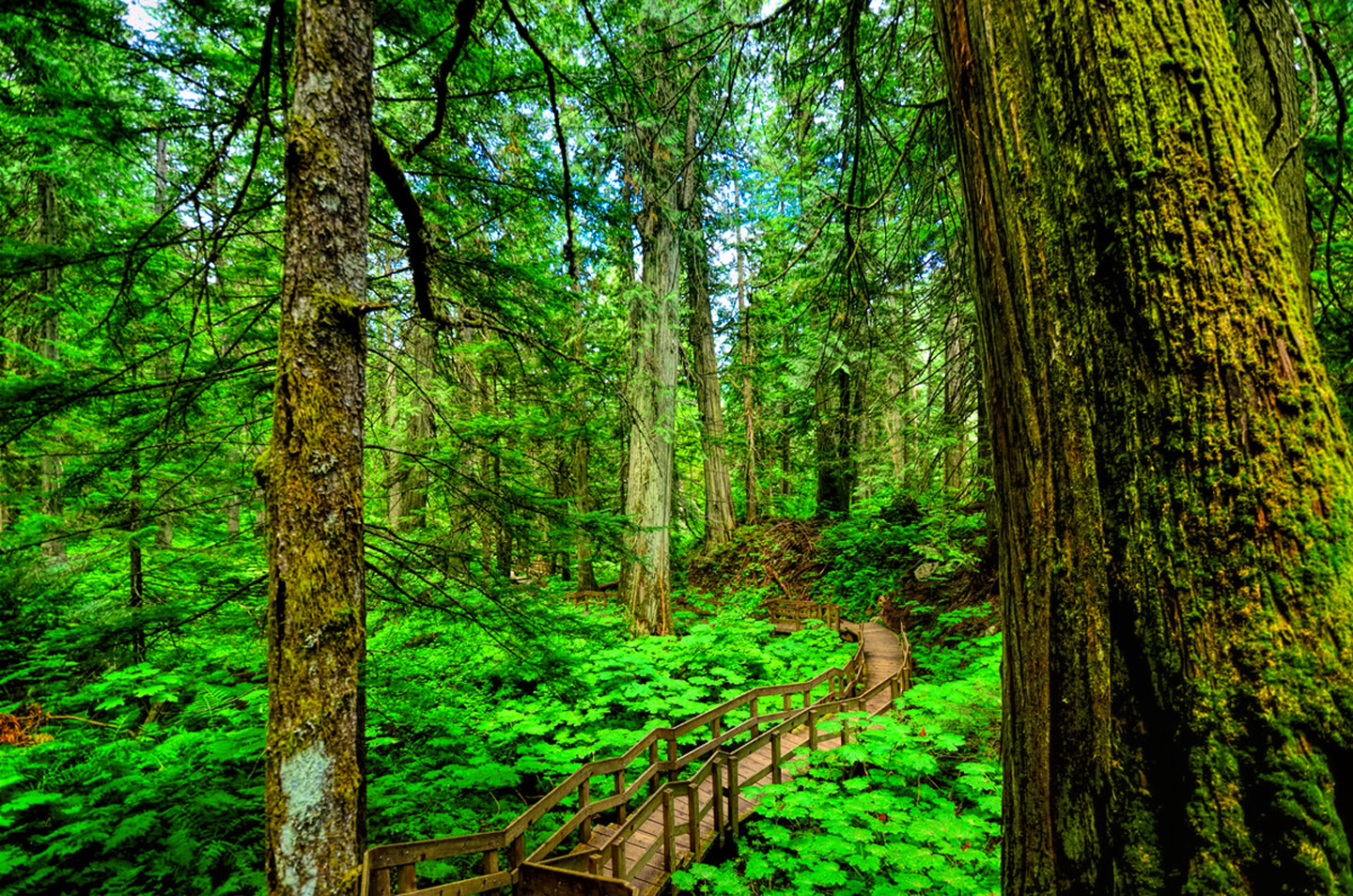
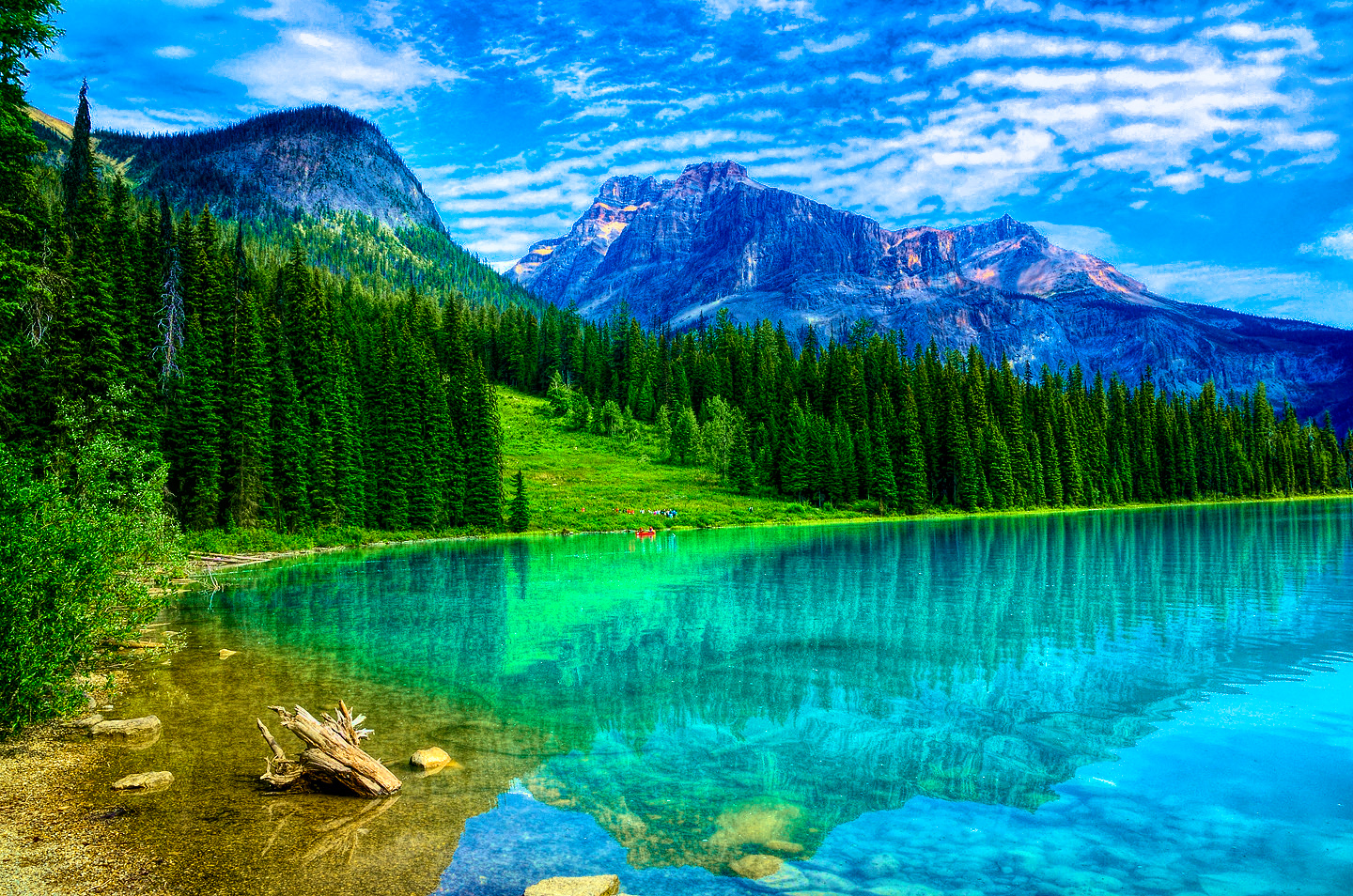
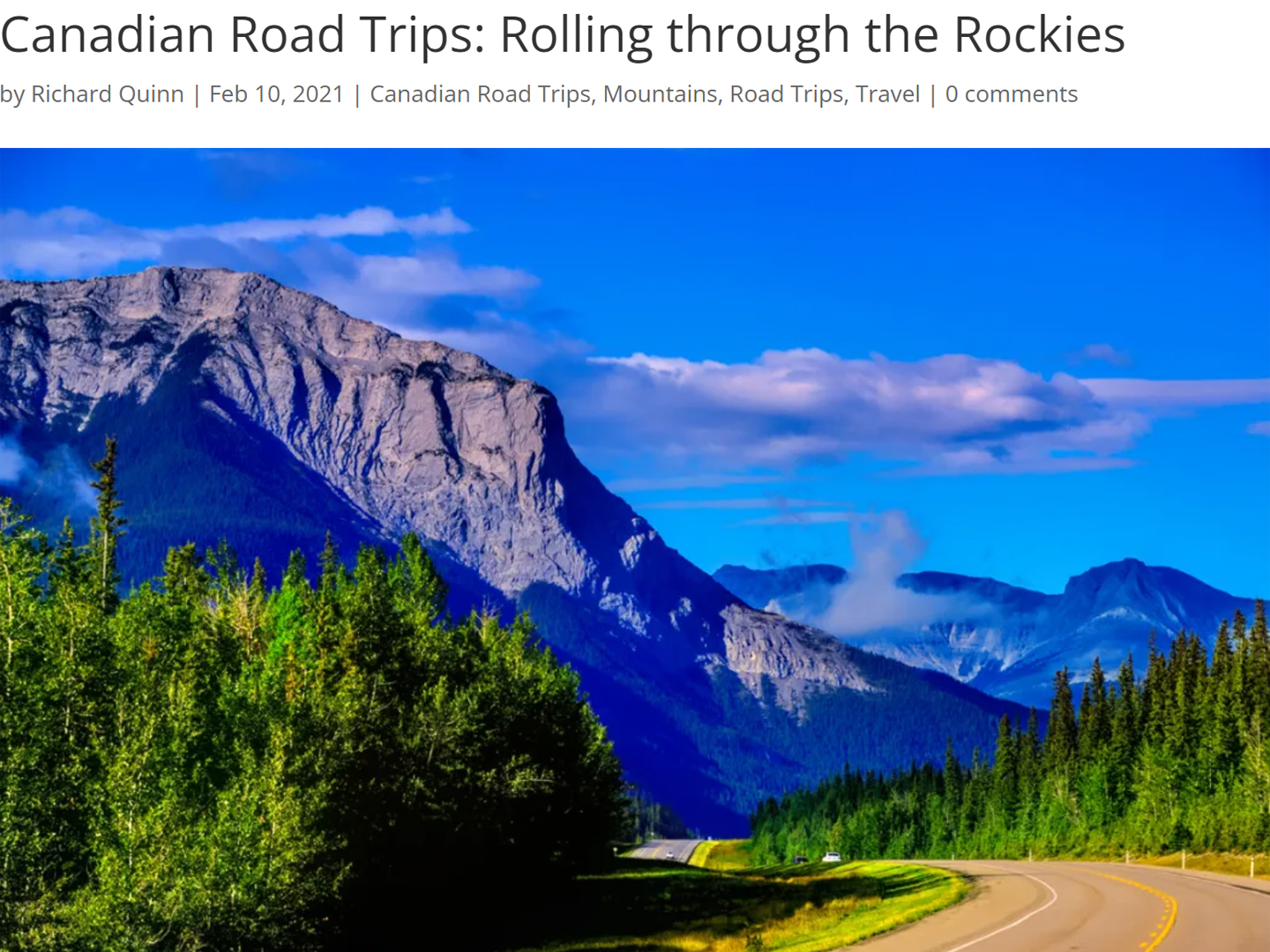
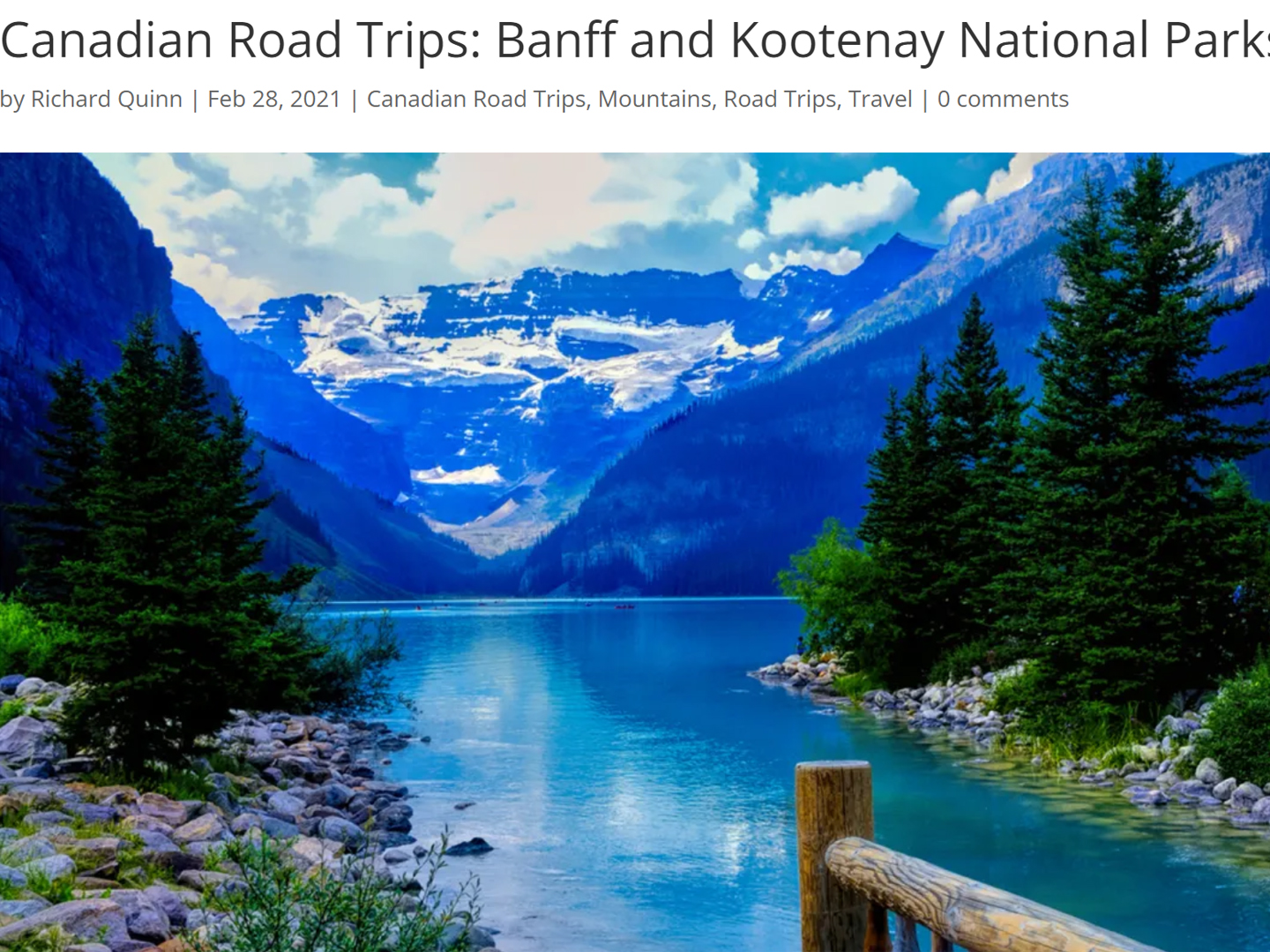
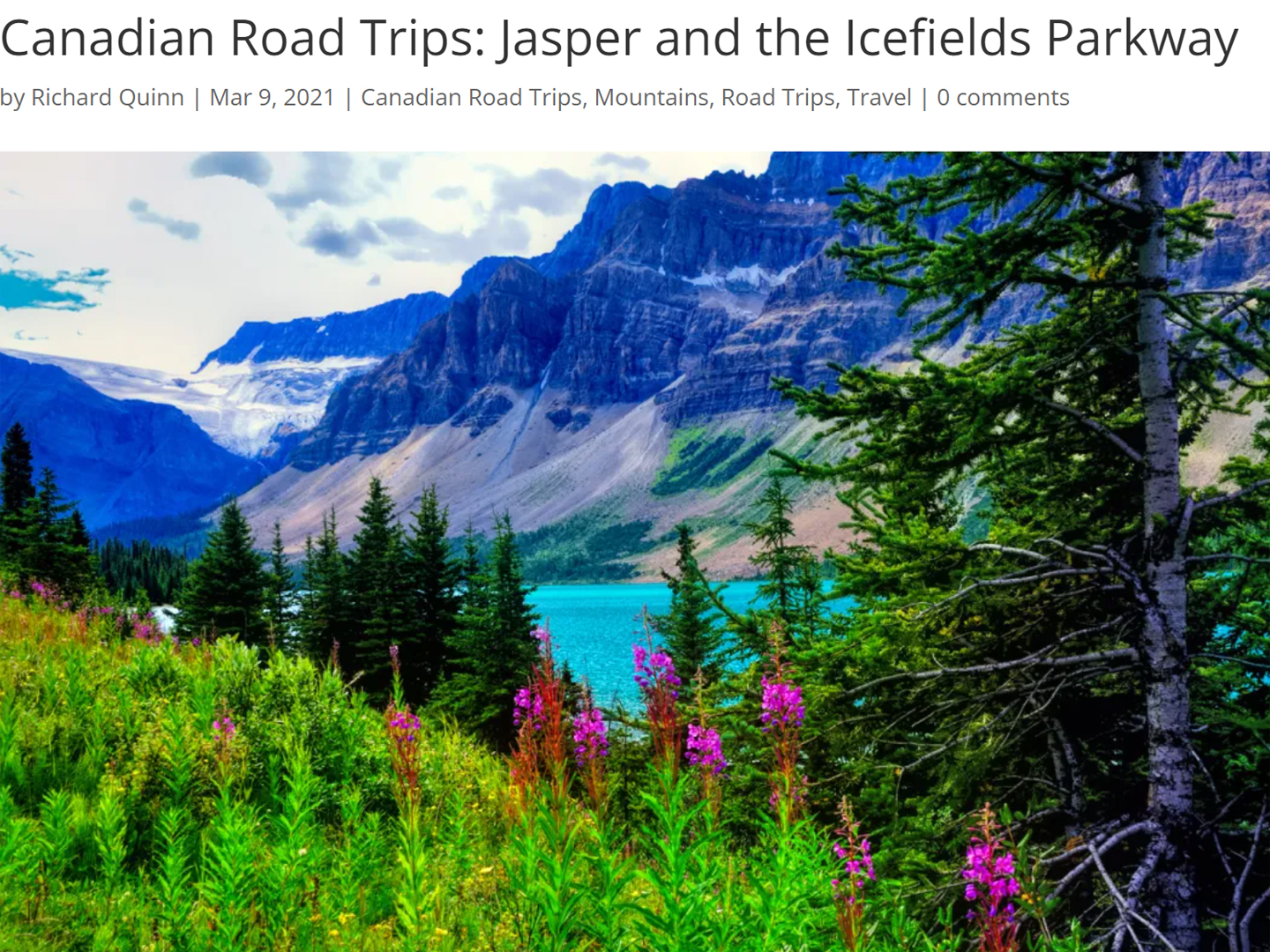
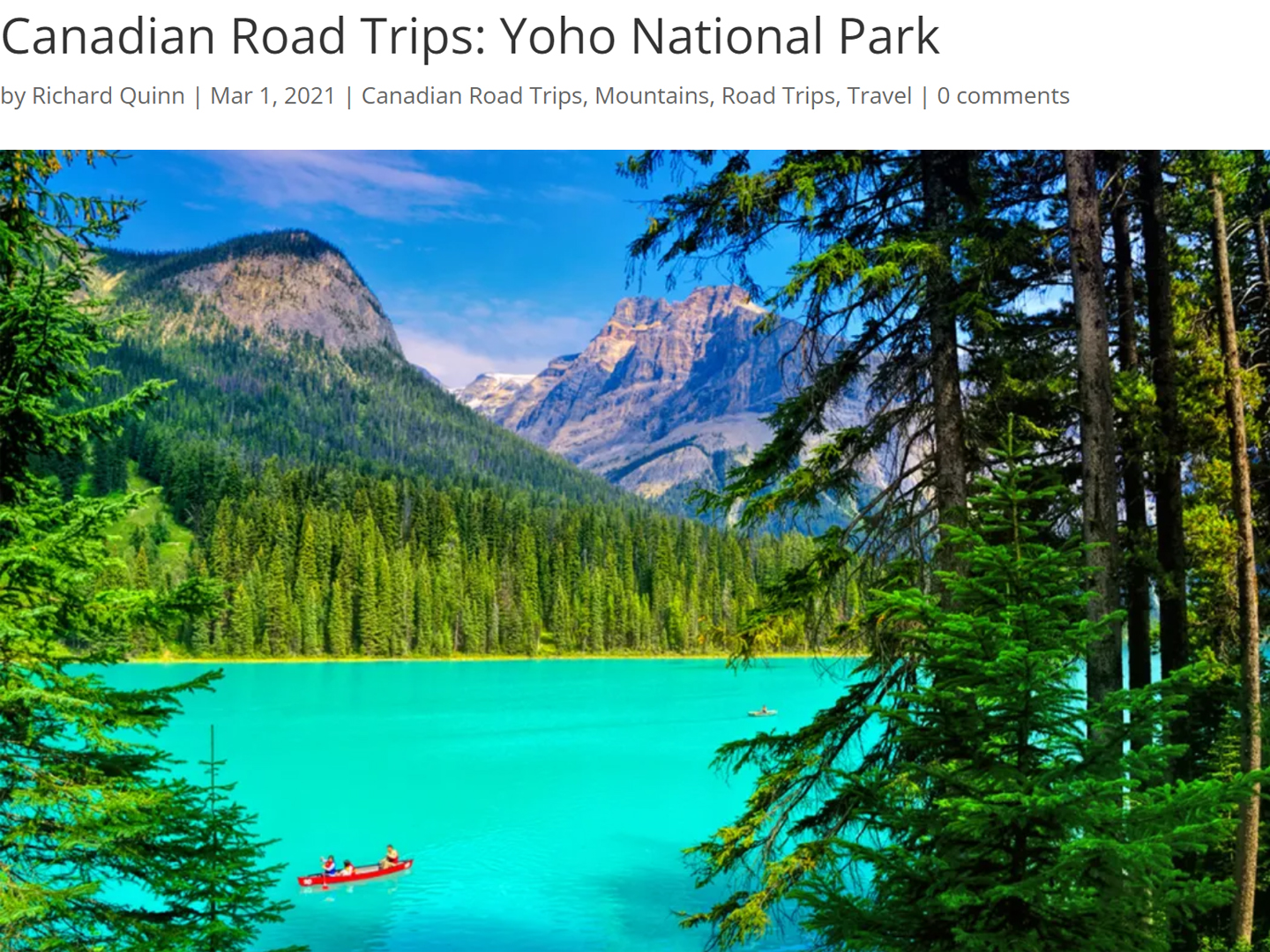
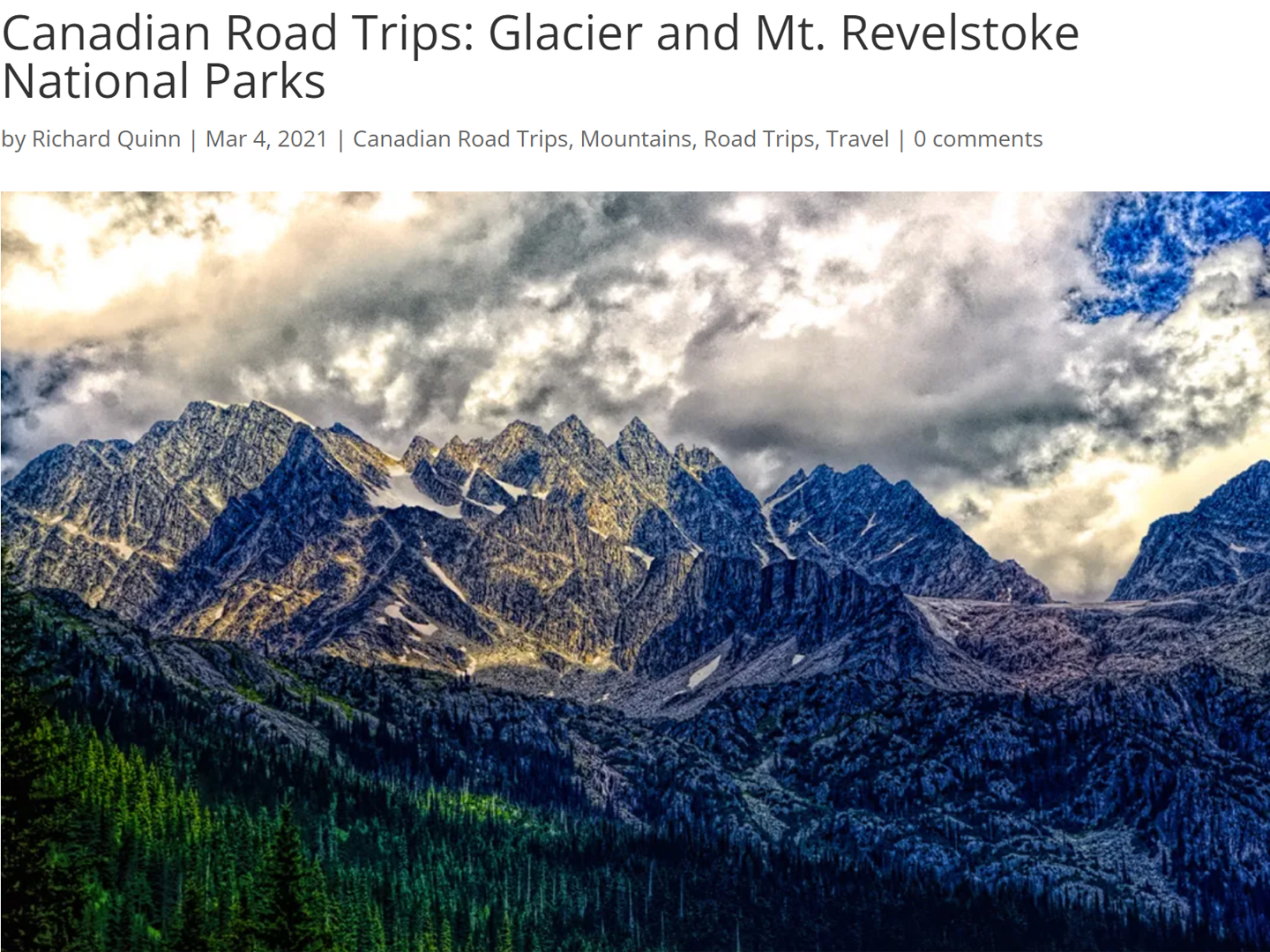
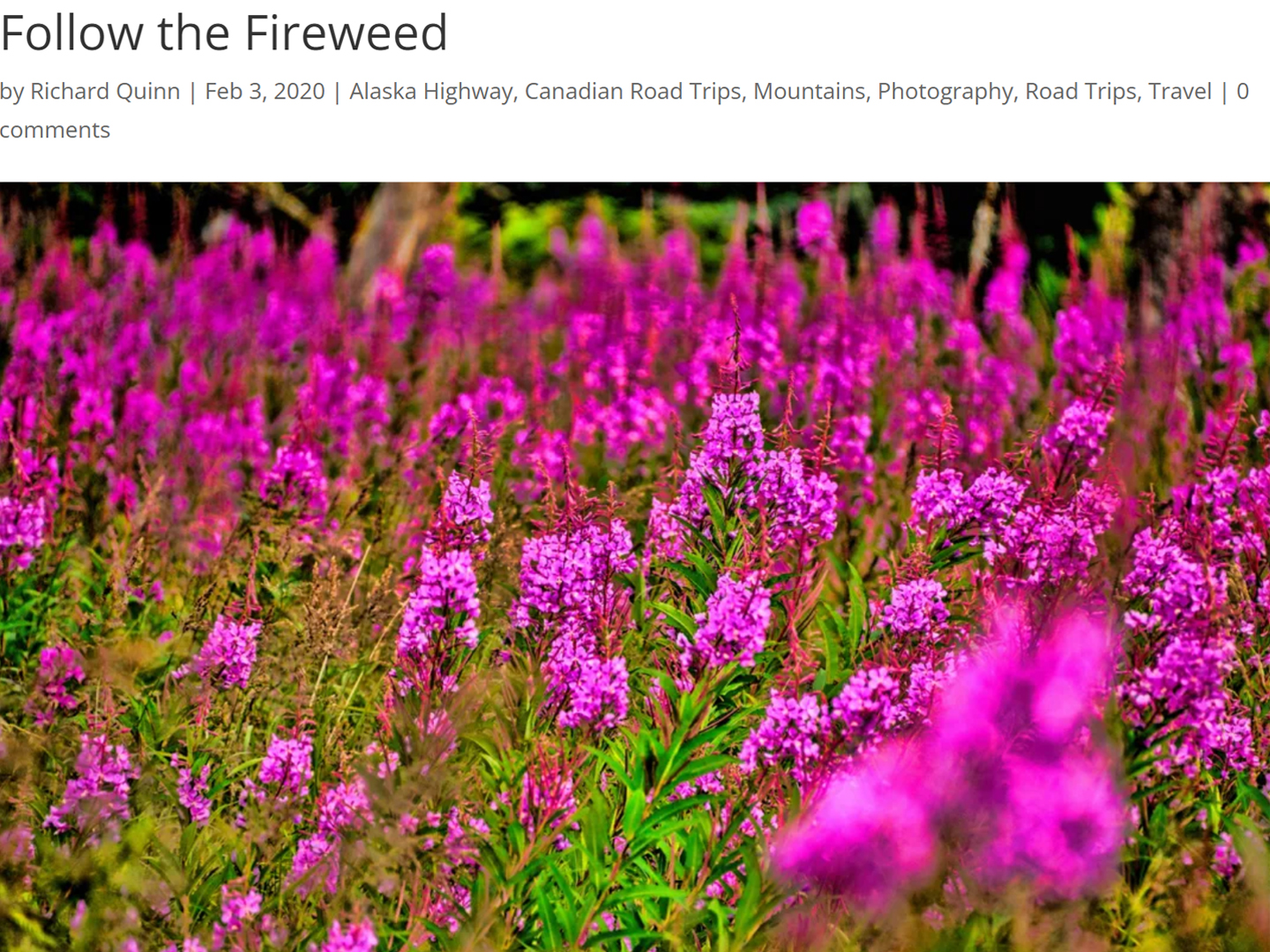


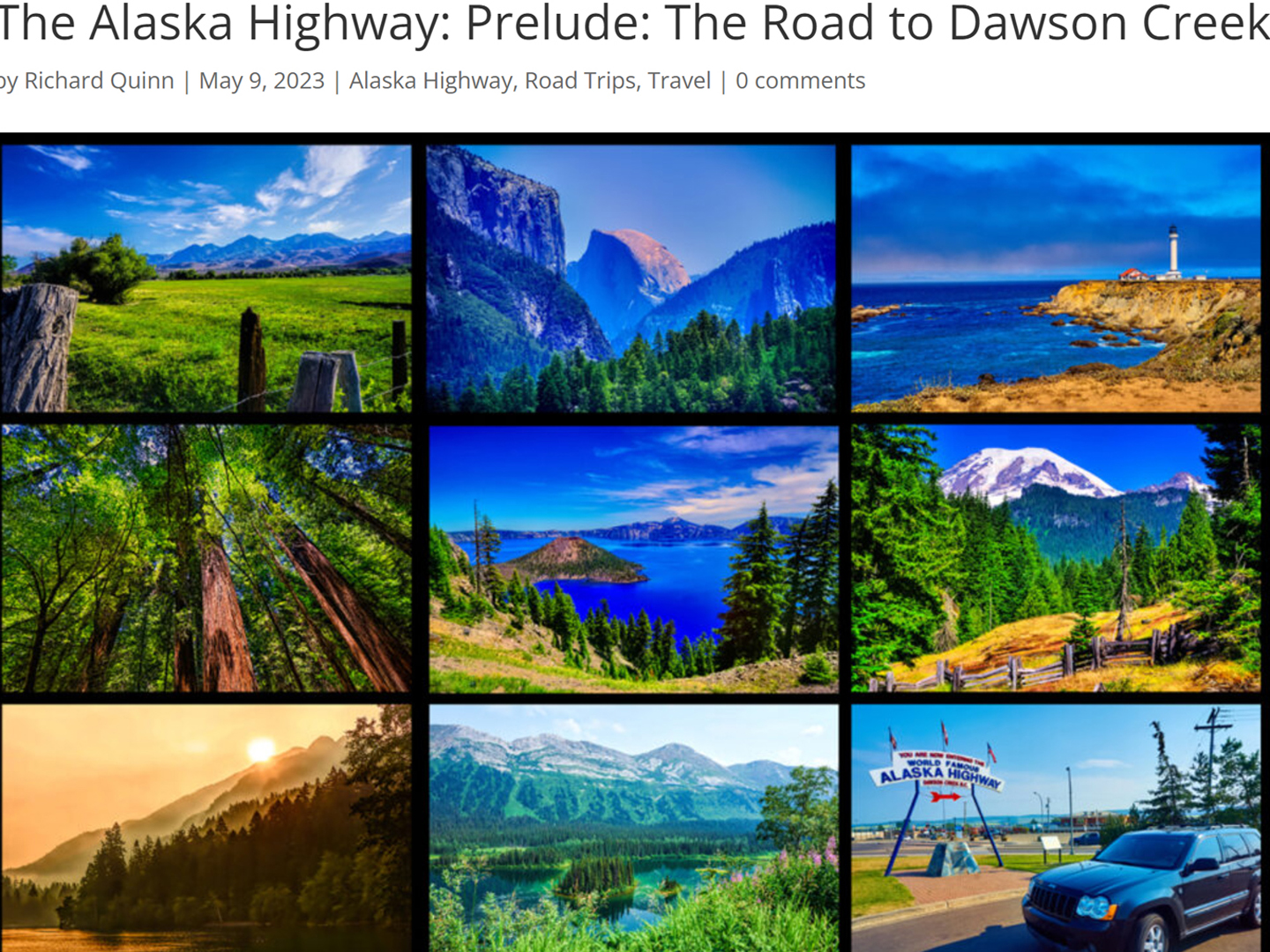
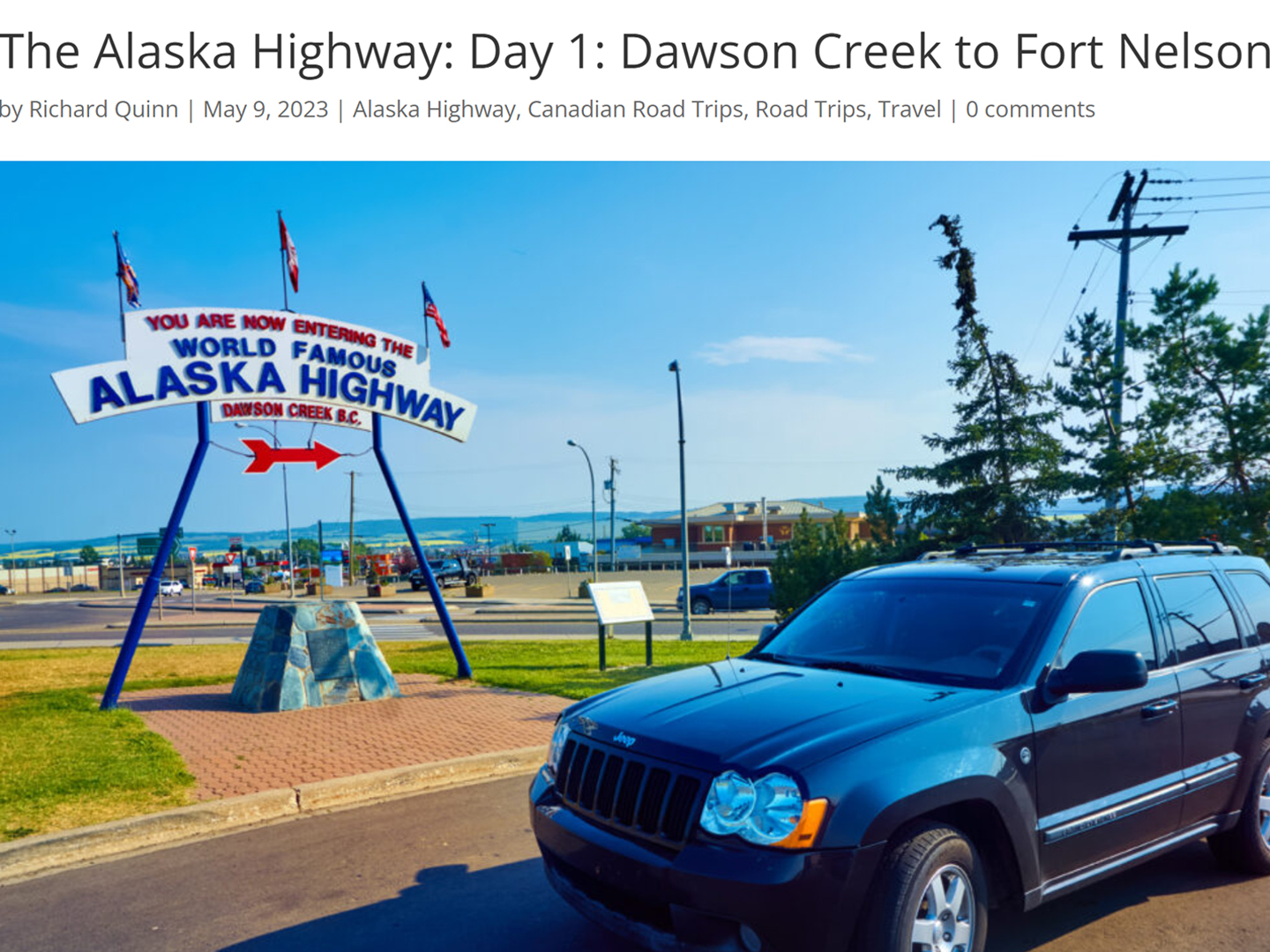
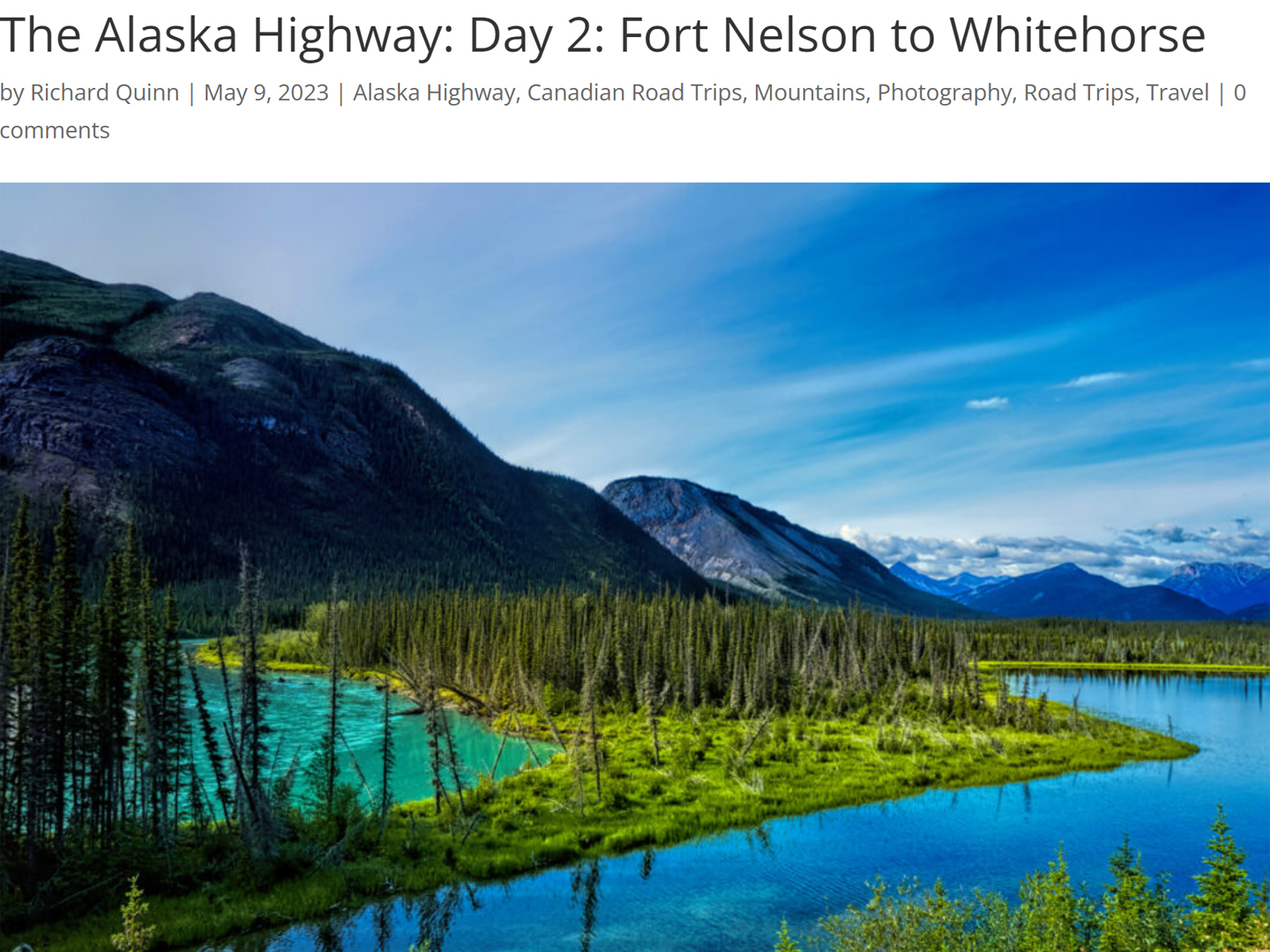
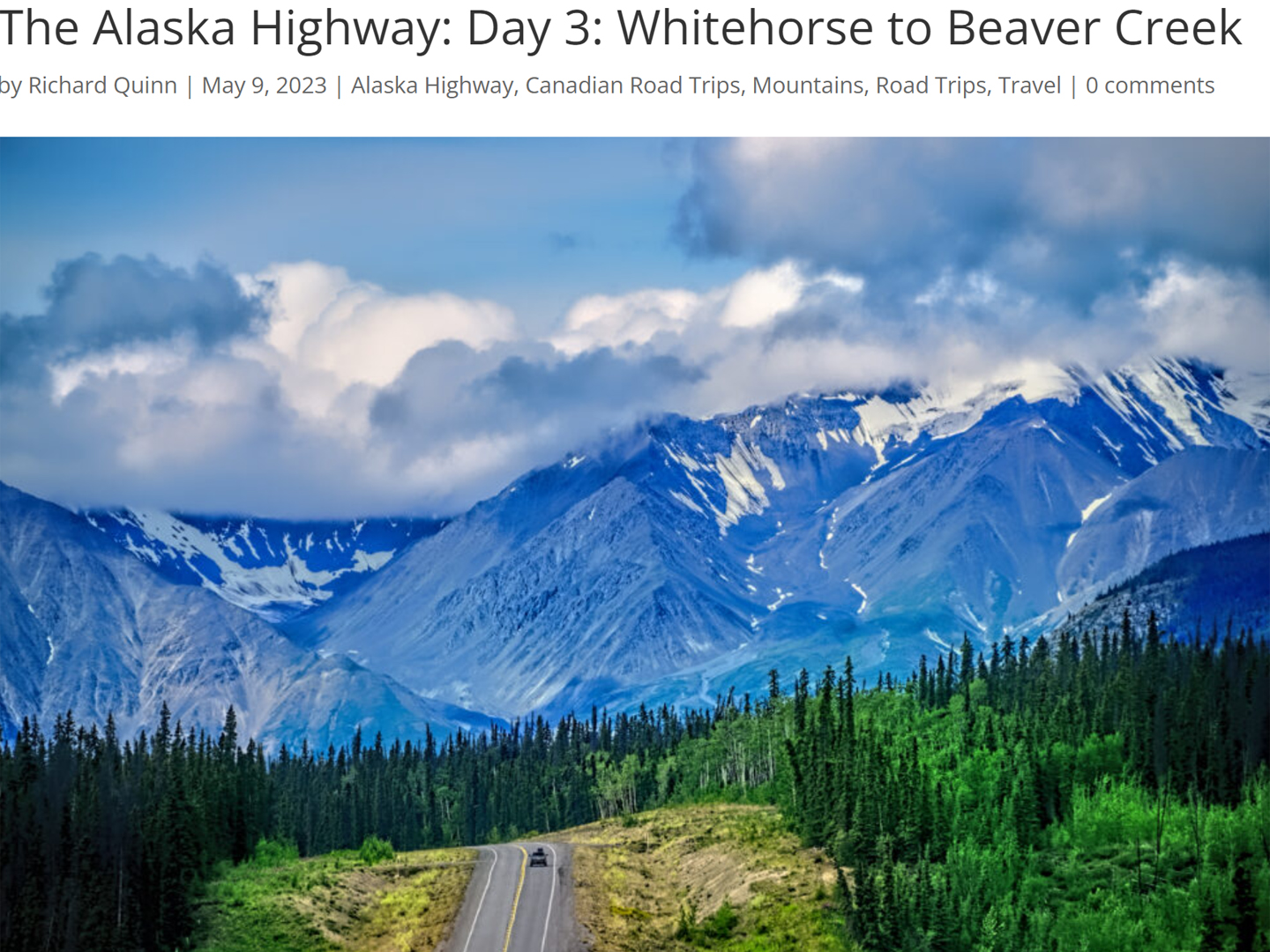
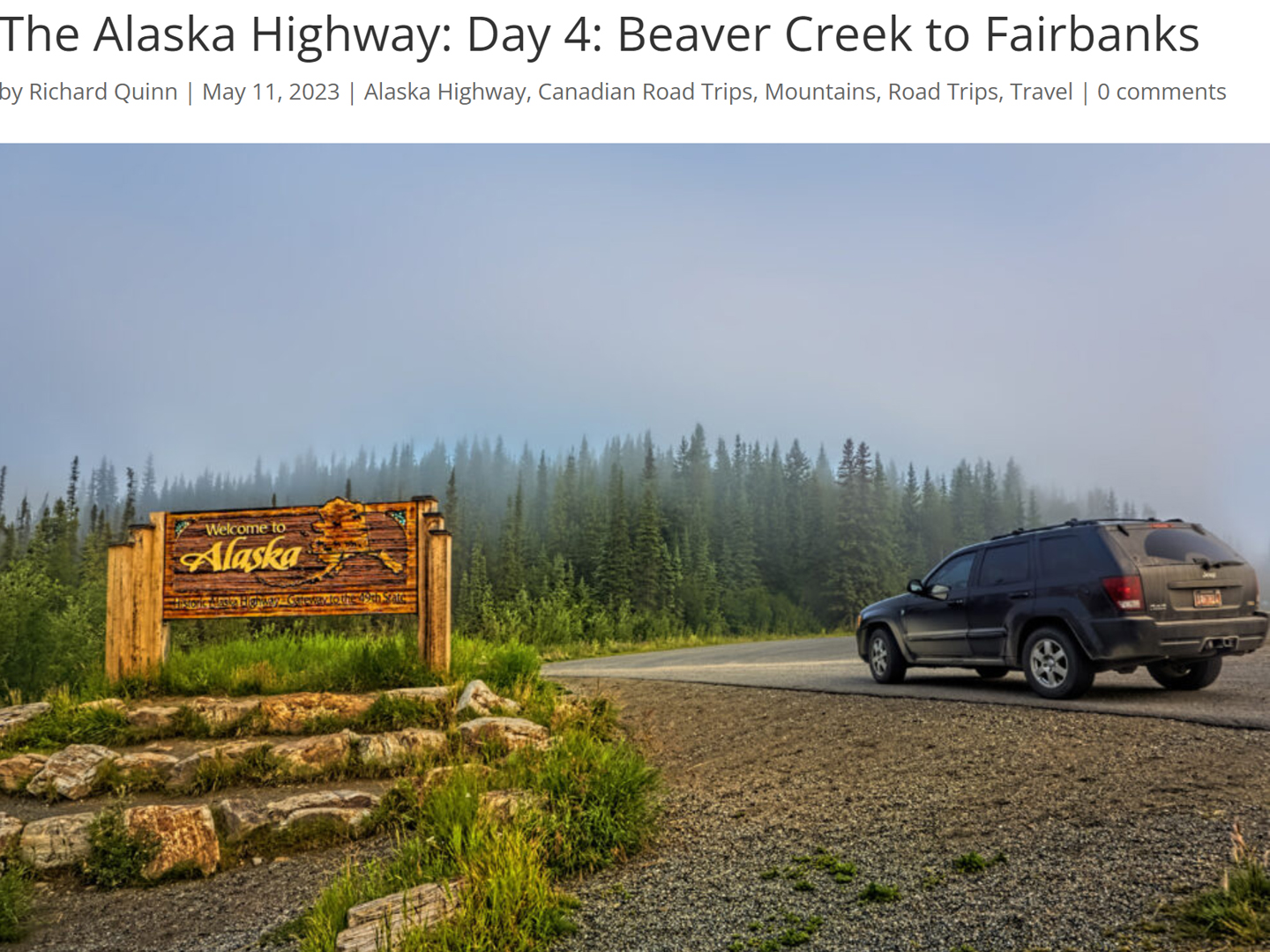
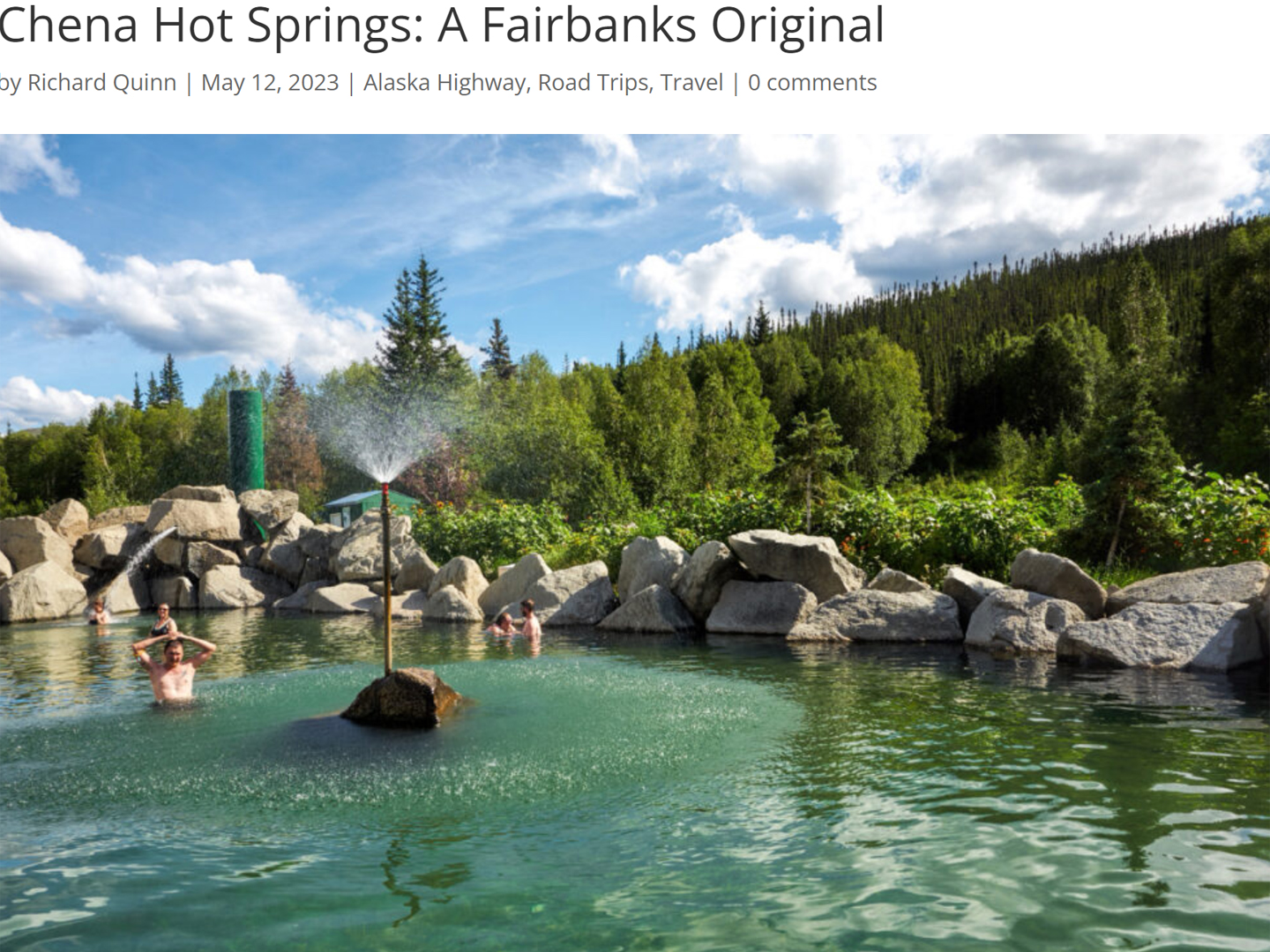
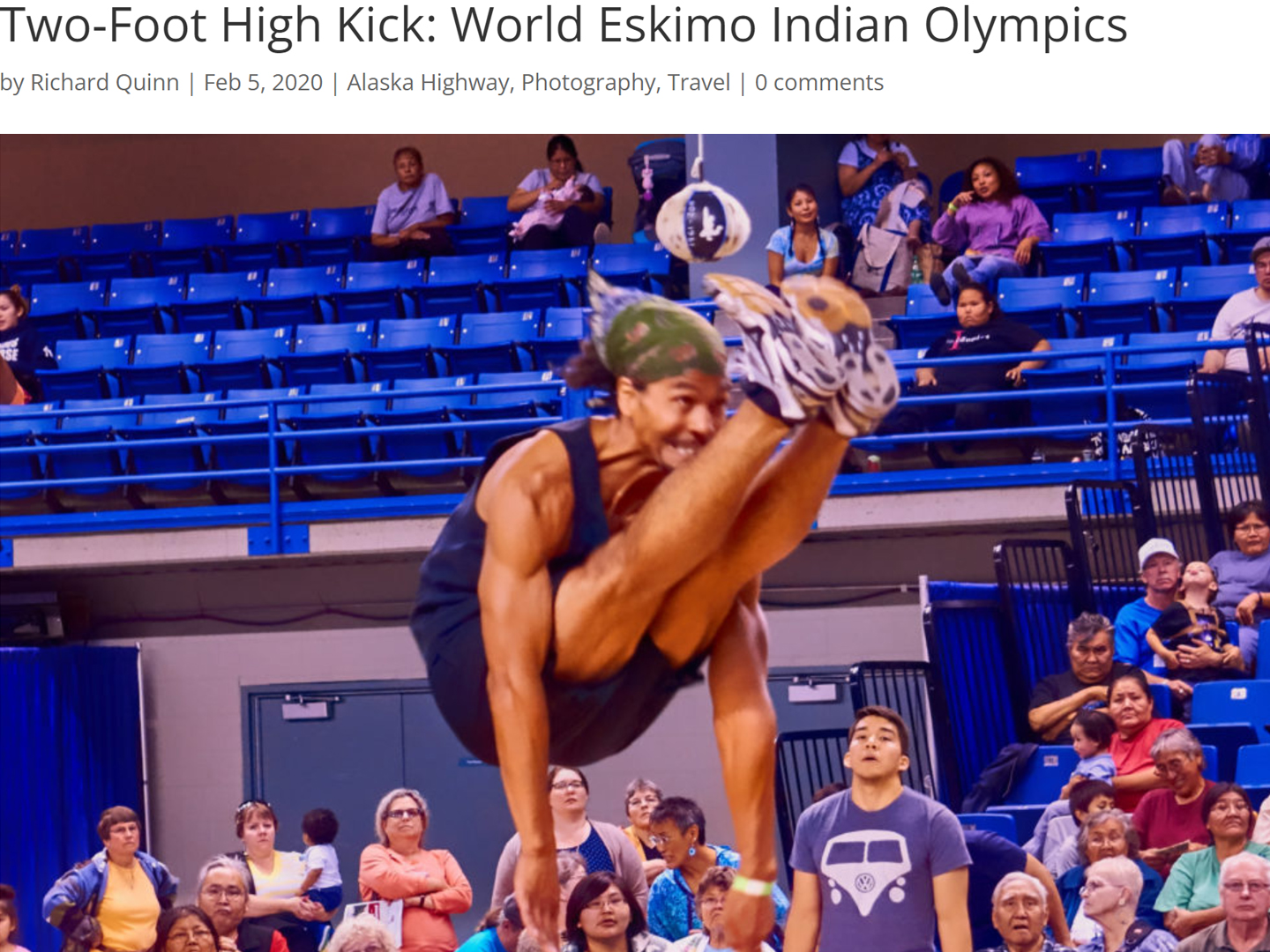
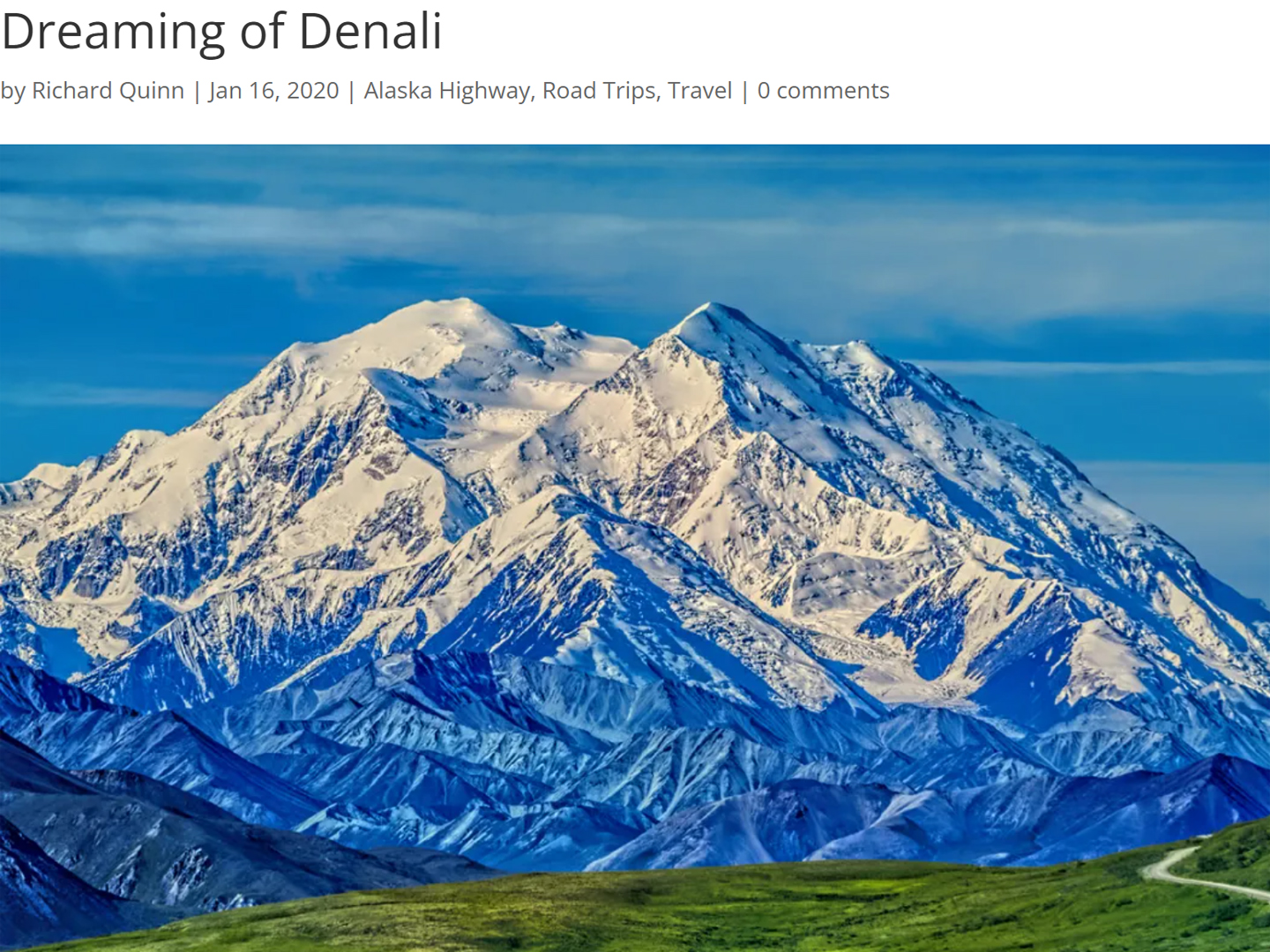

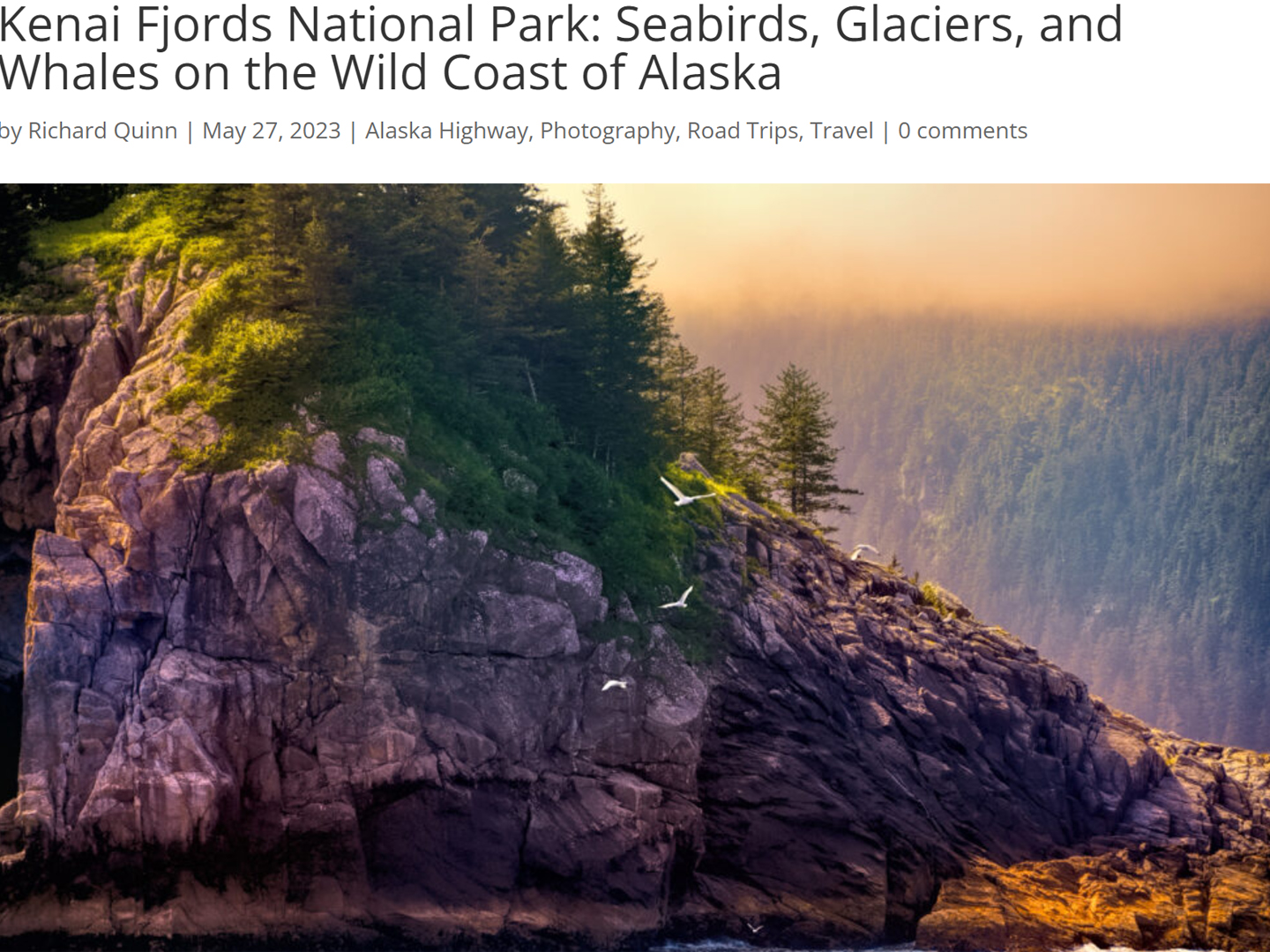
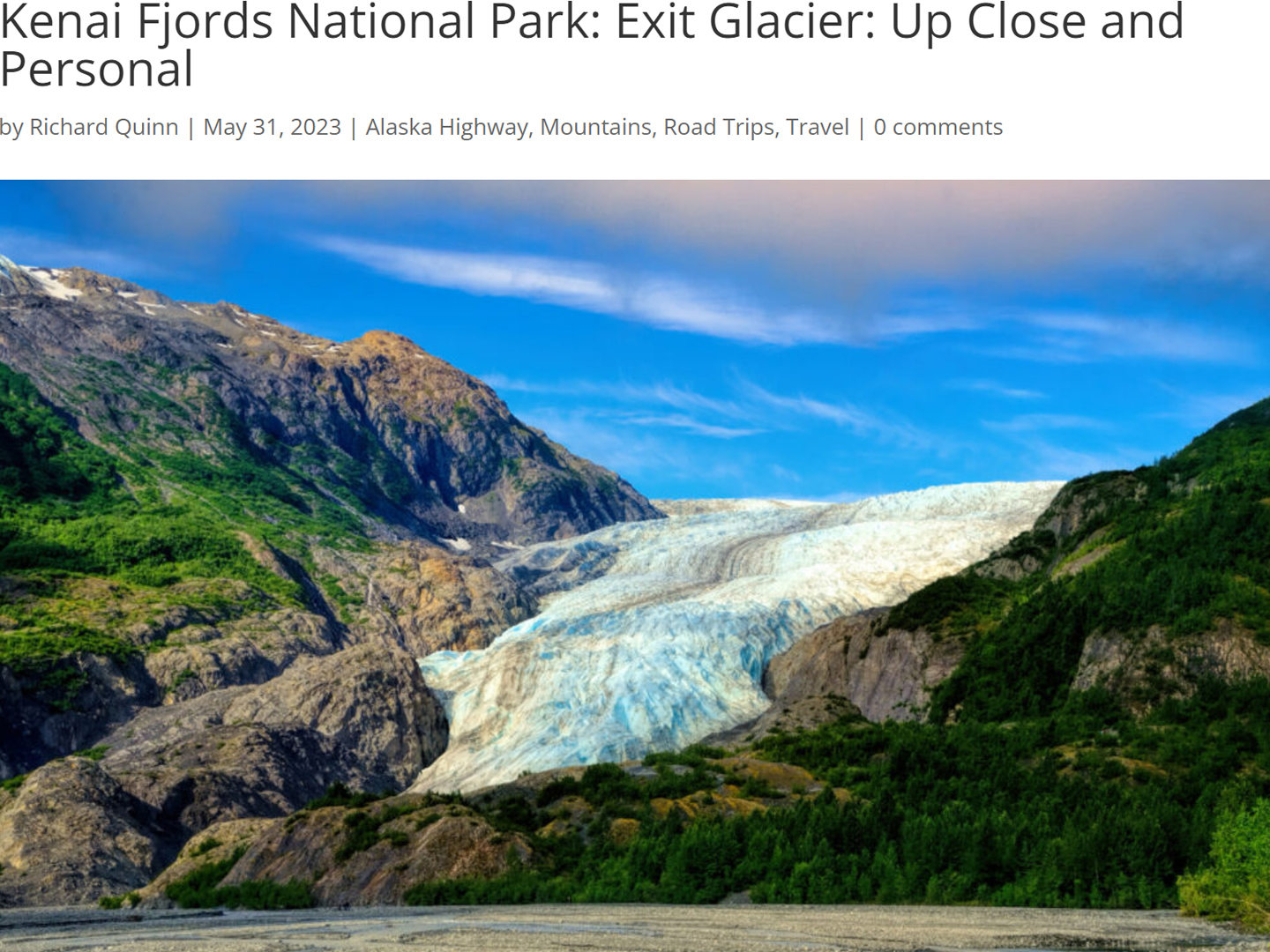
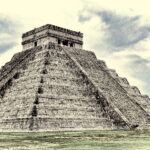
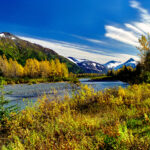
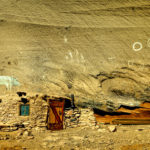
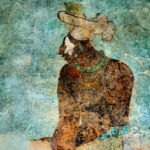
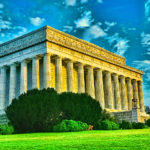
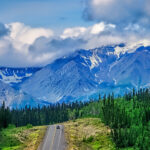
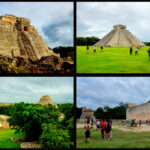
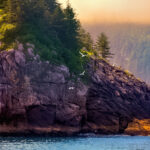
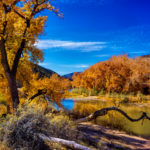
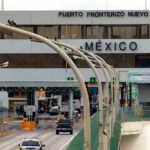
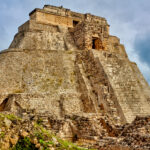

Recent Comments